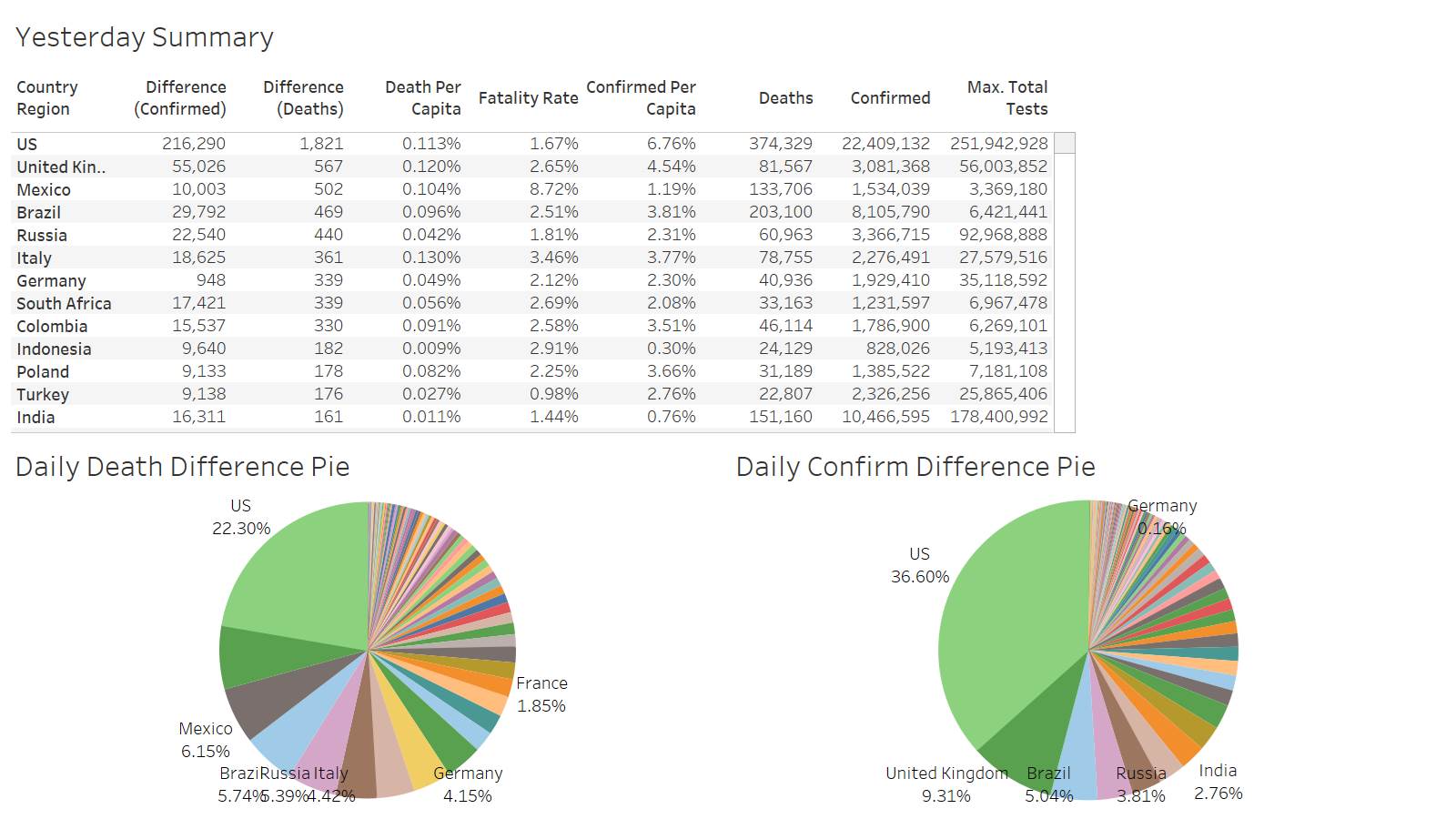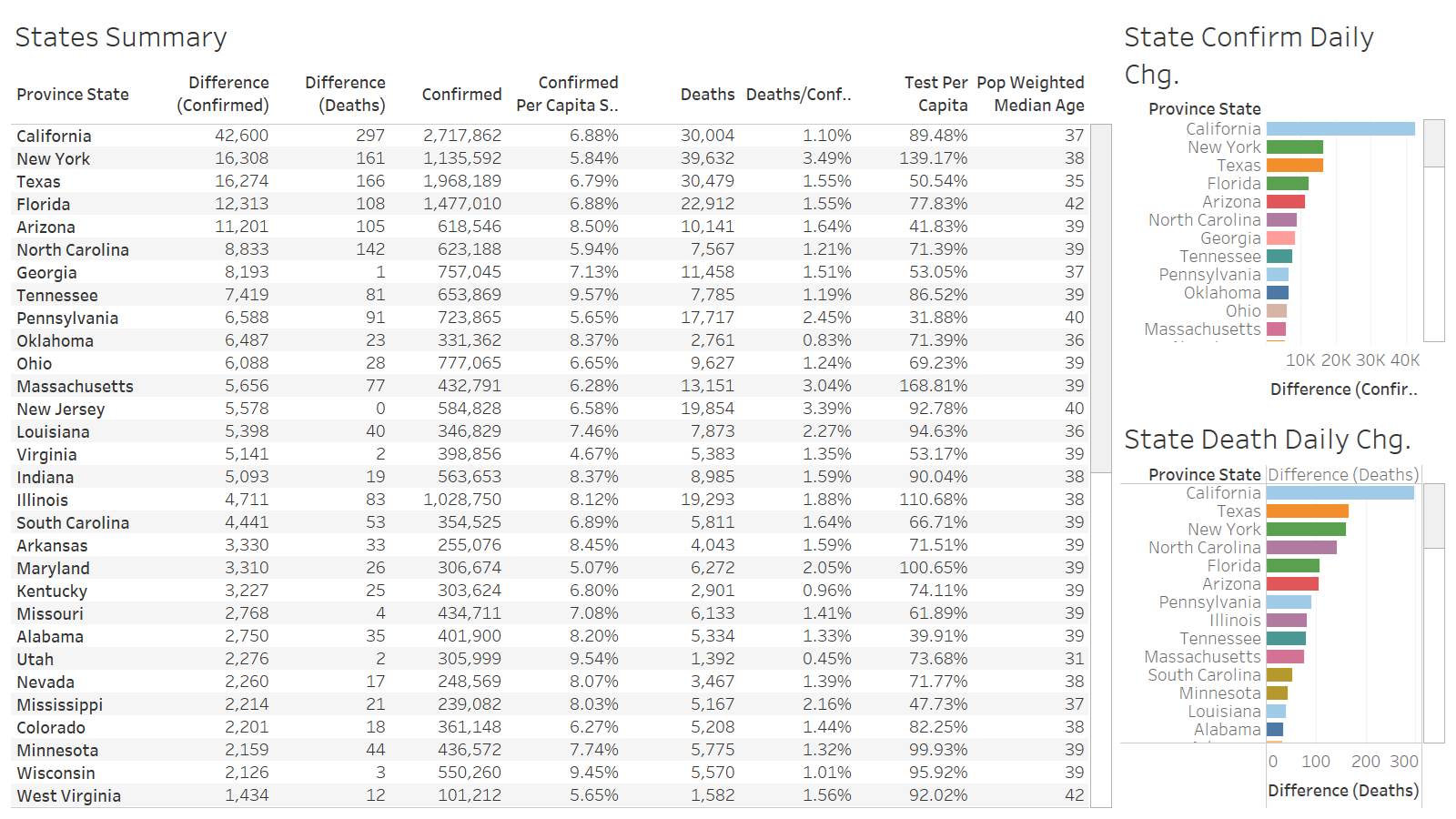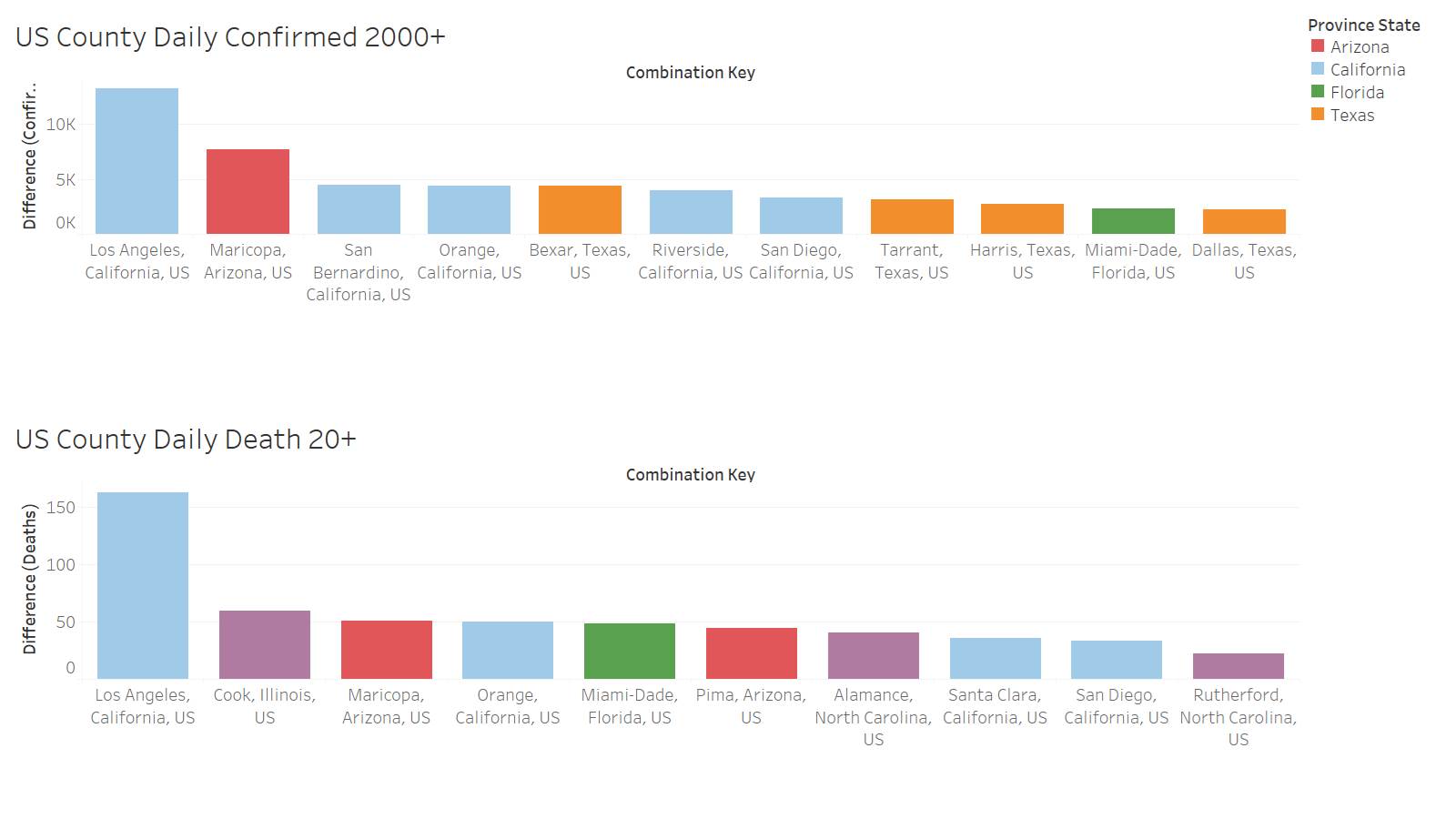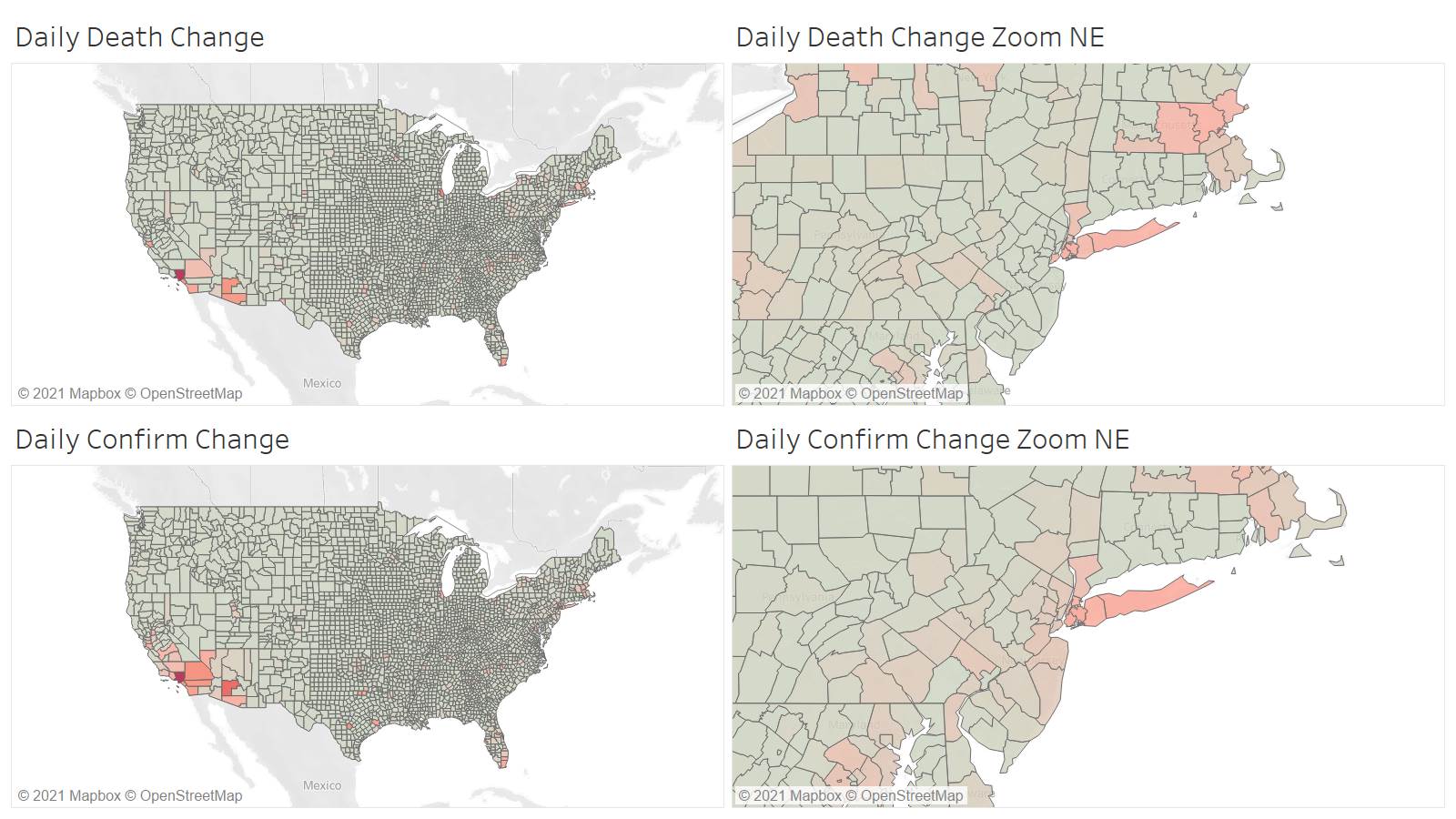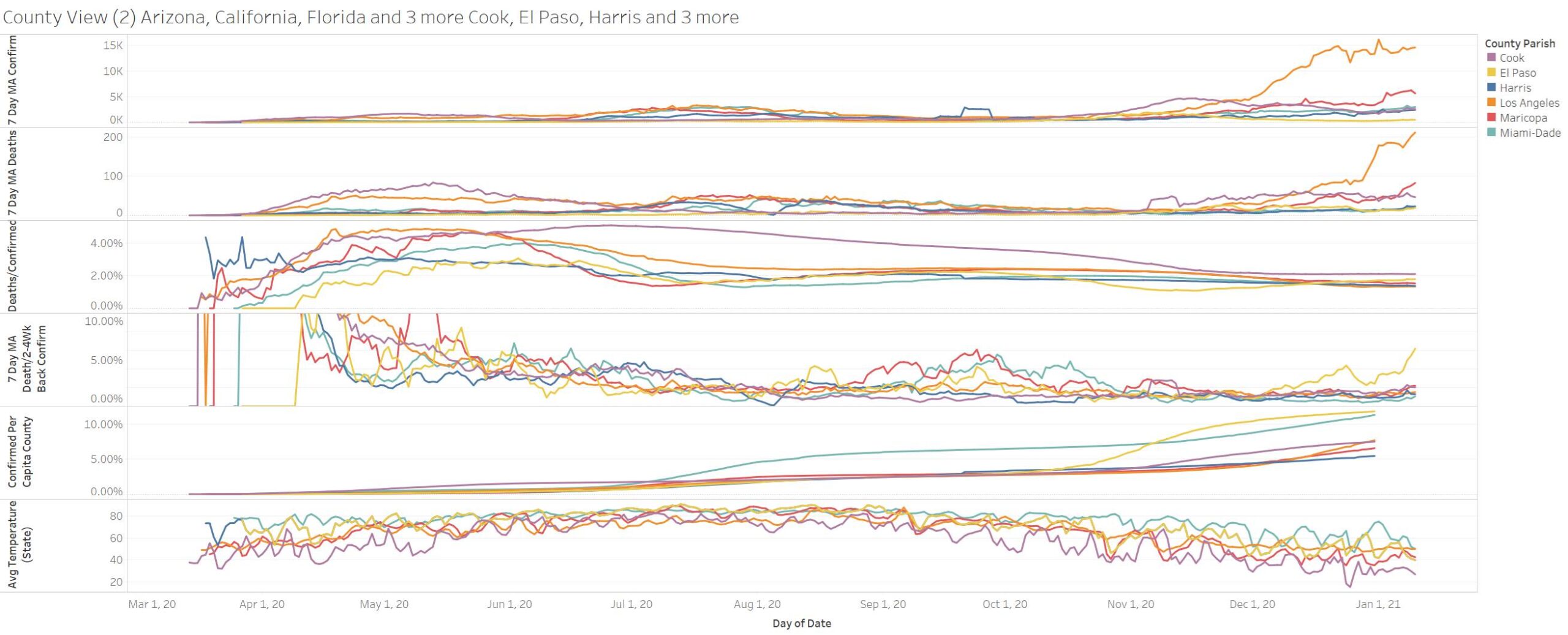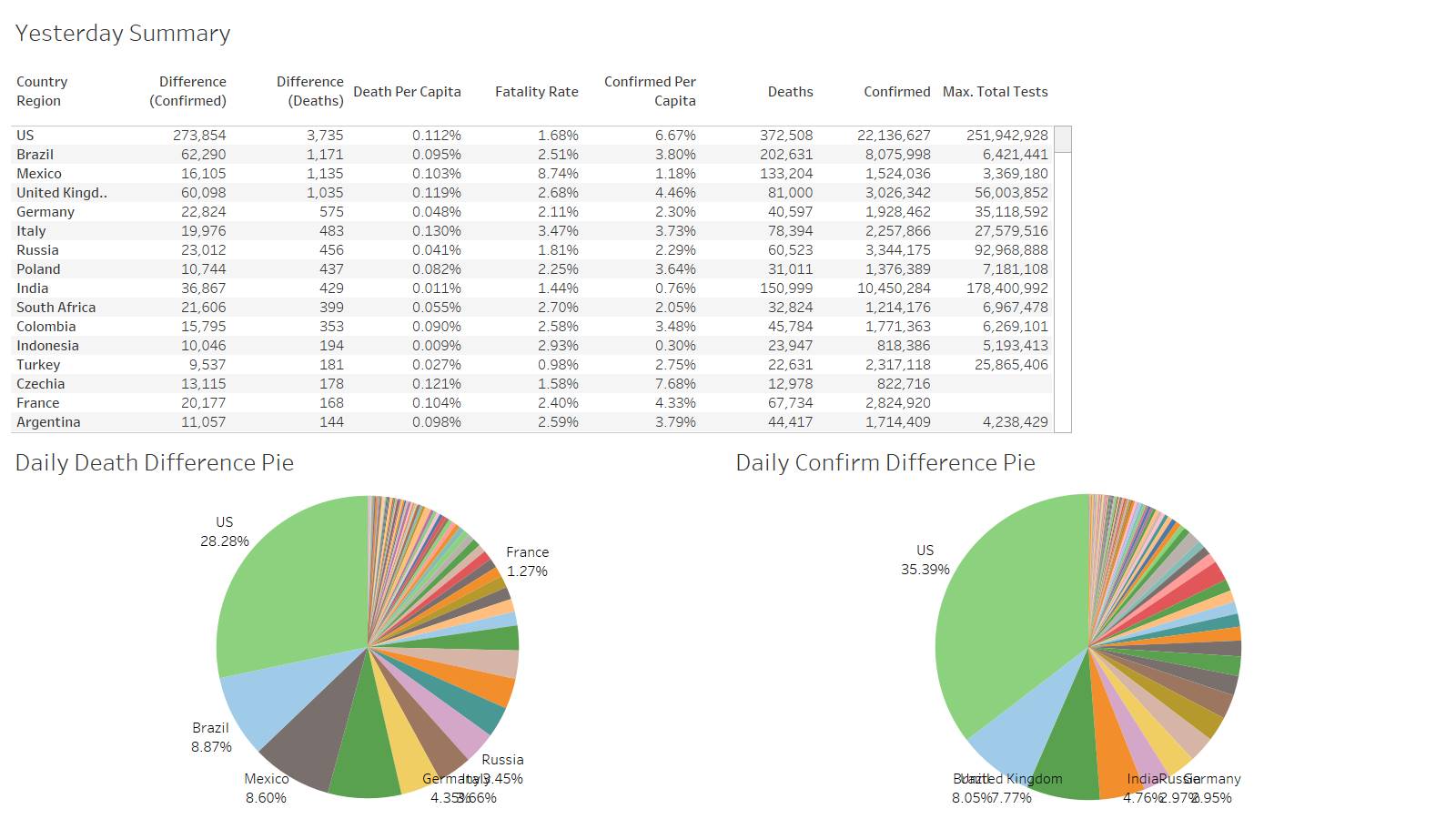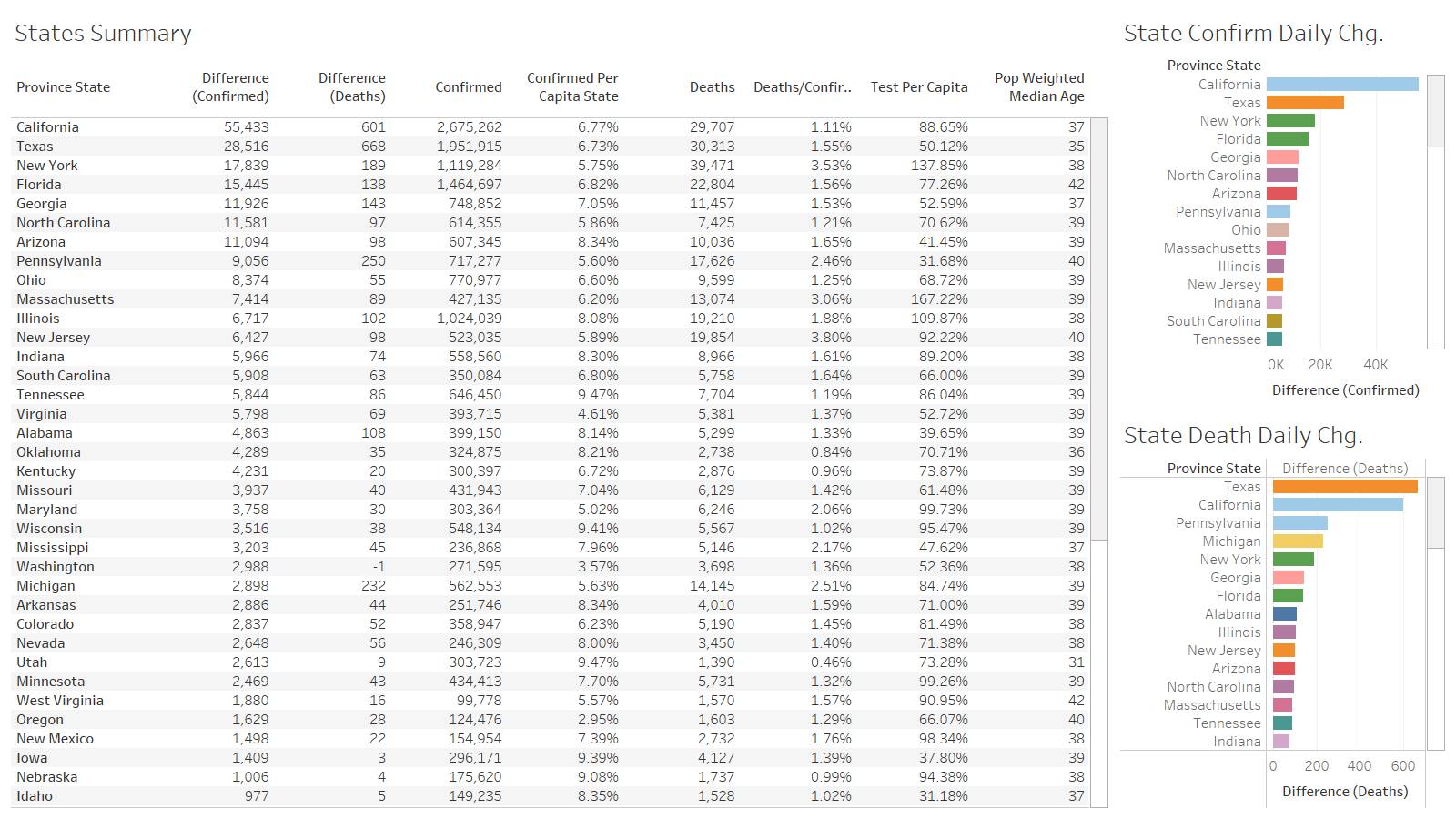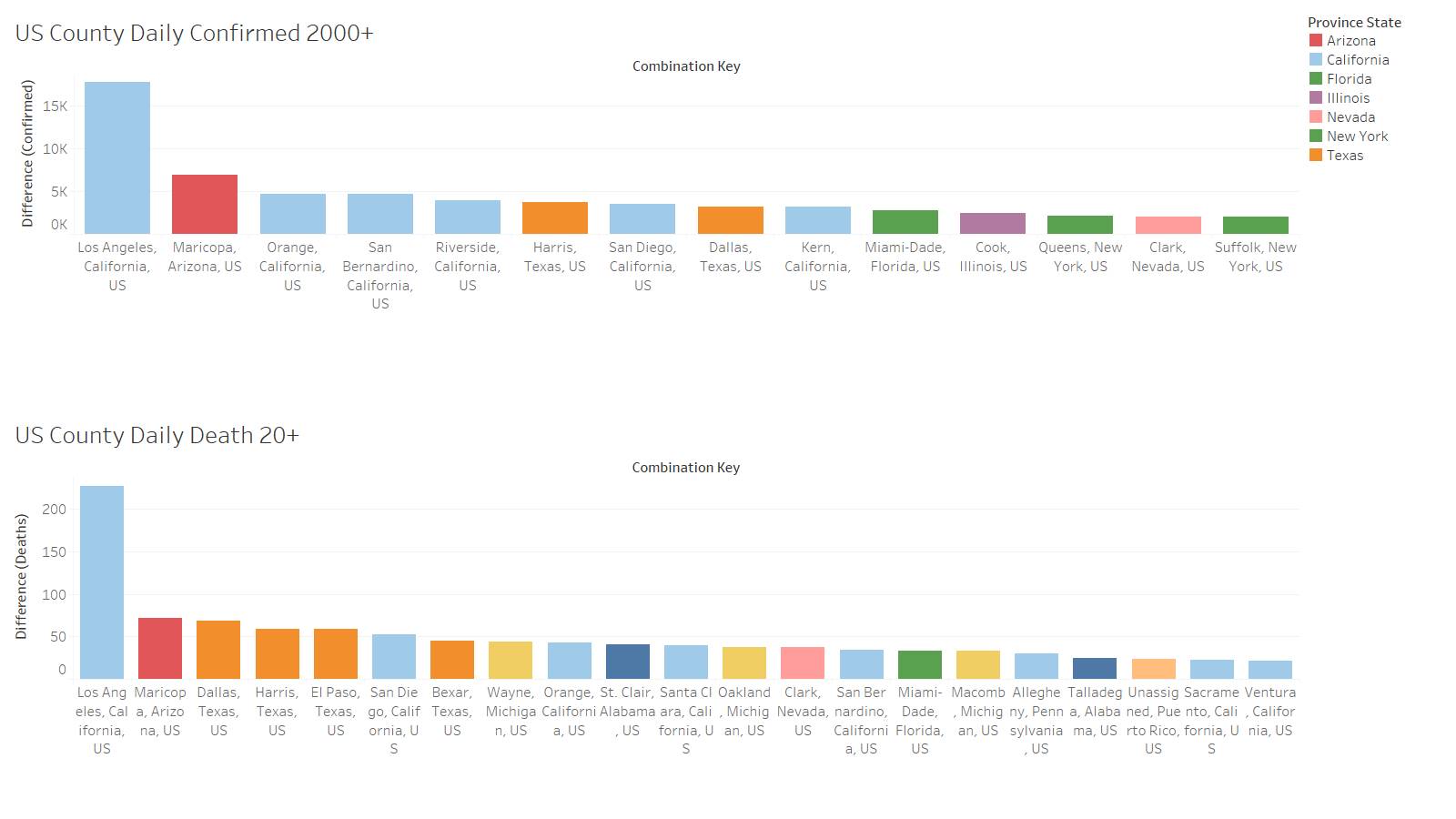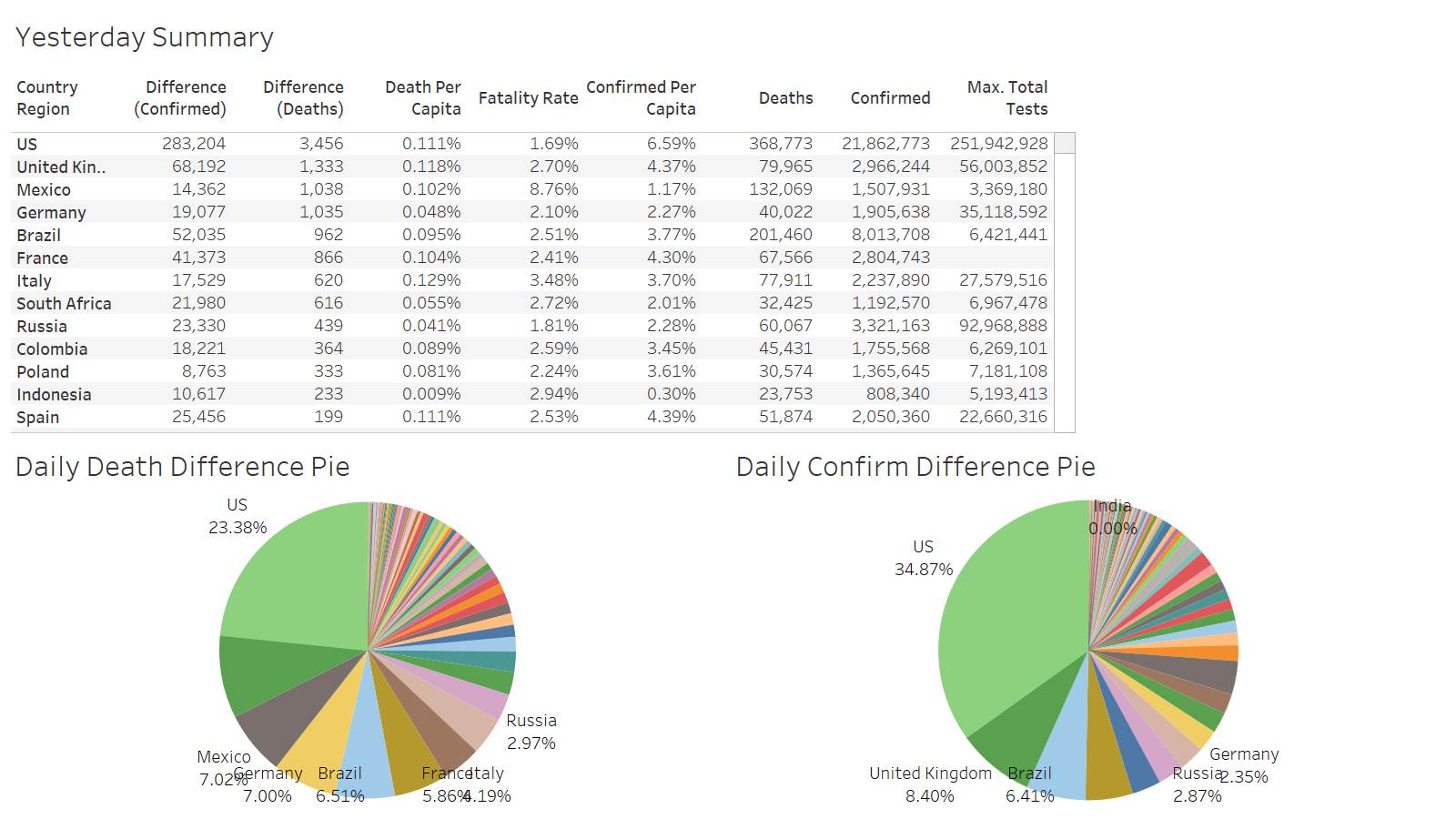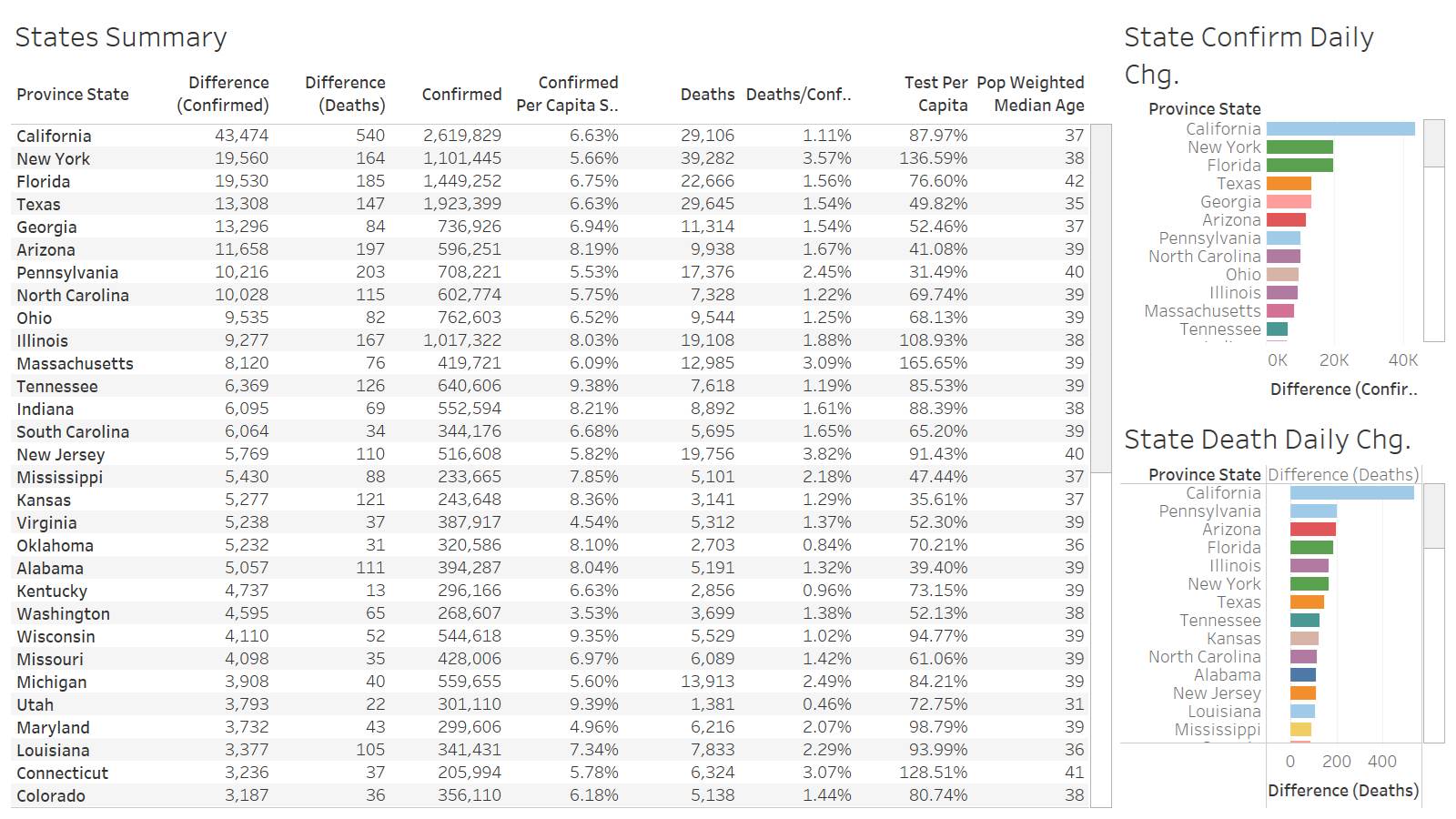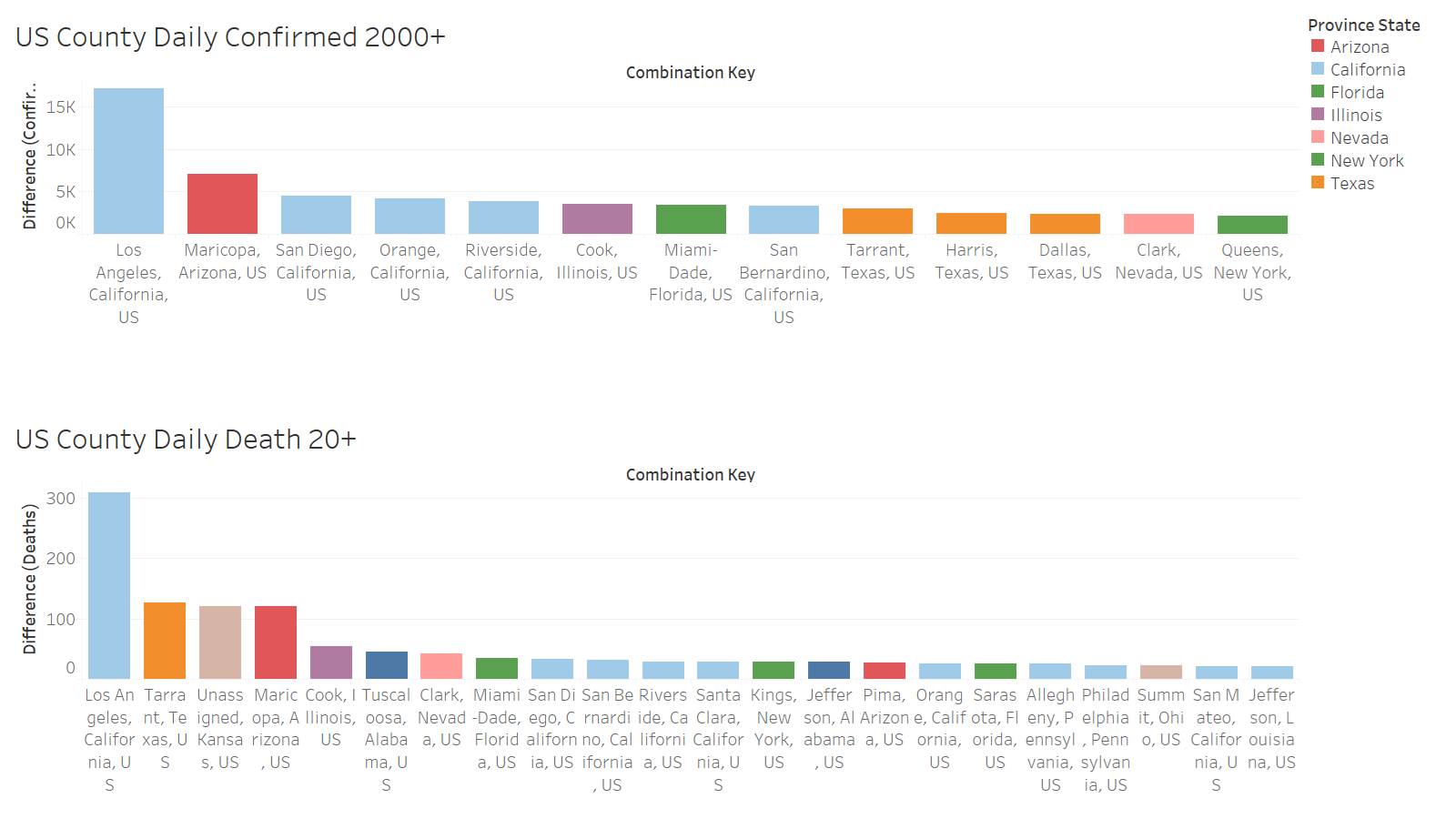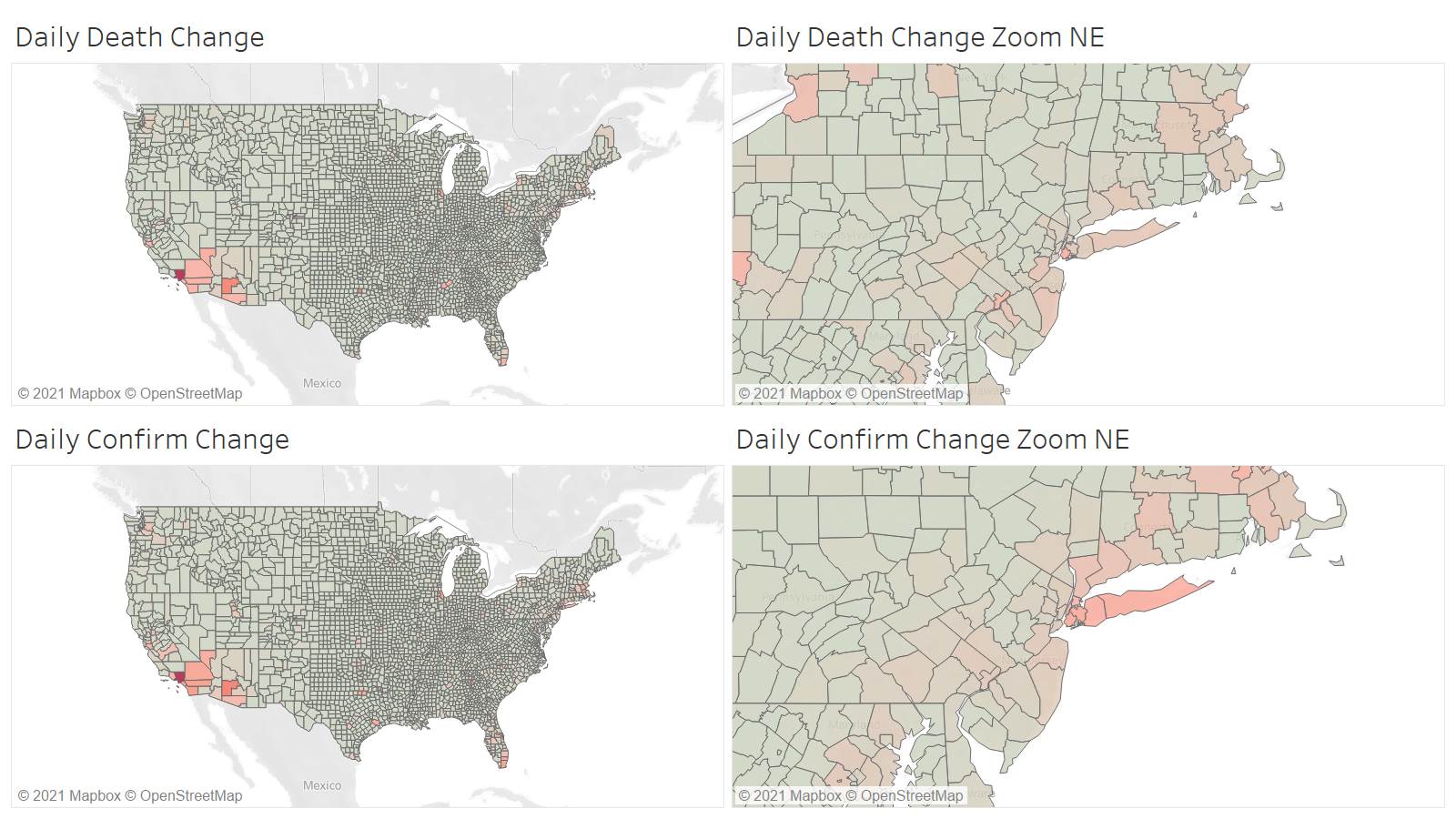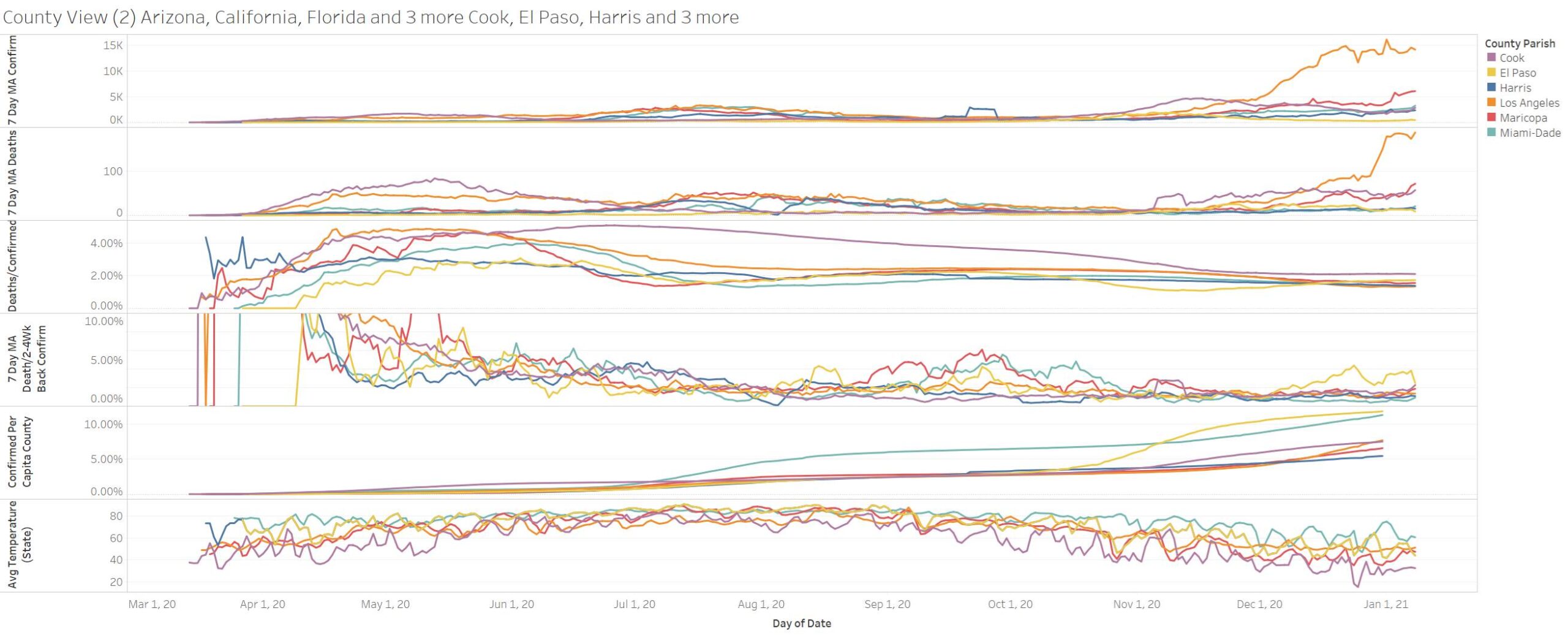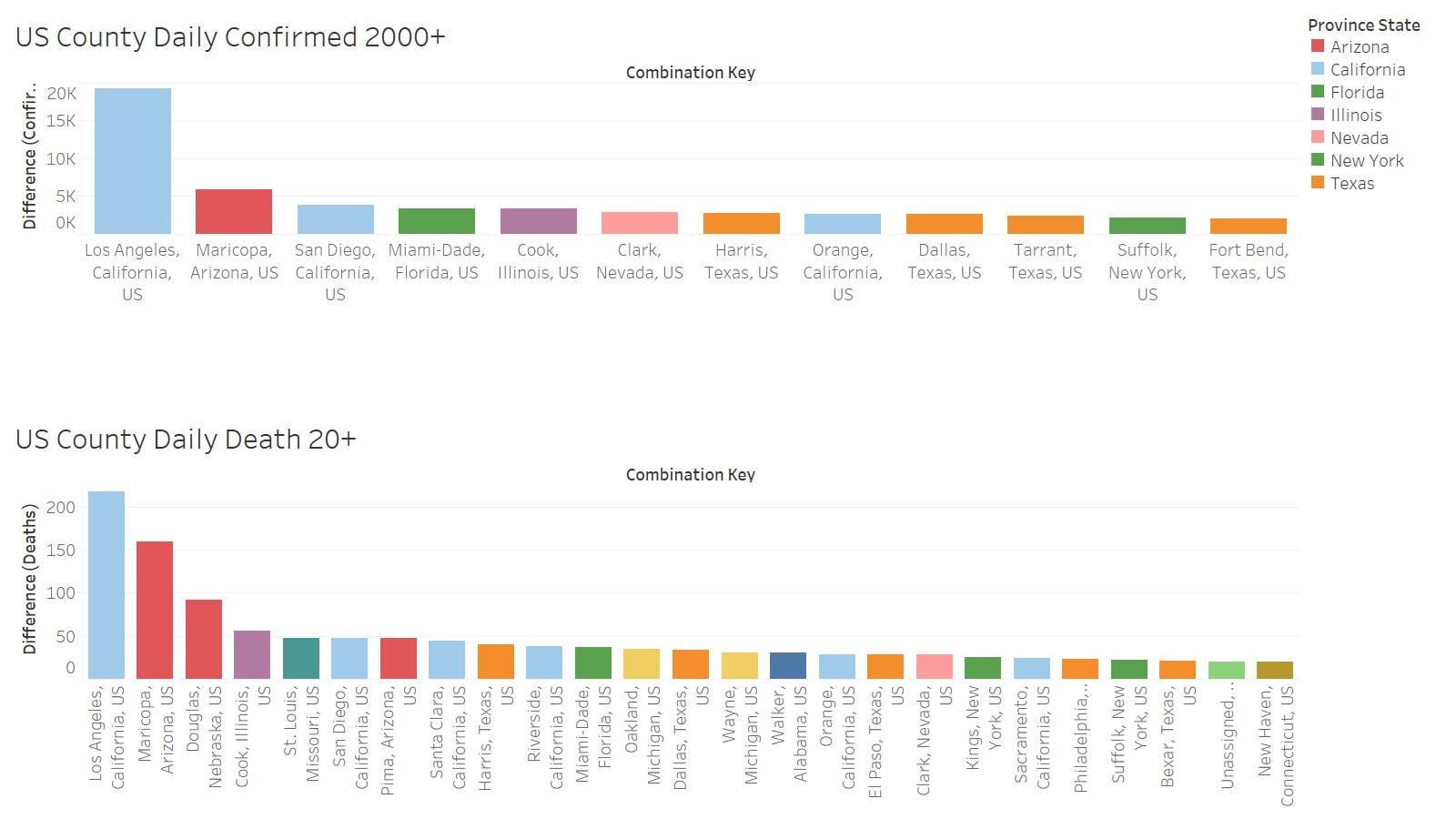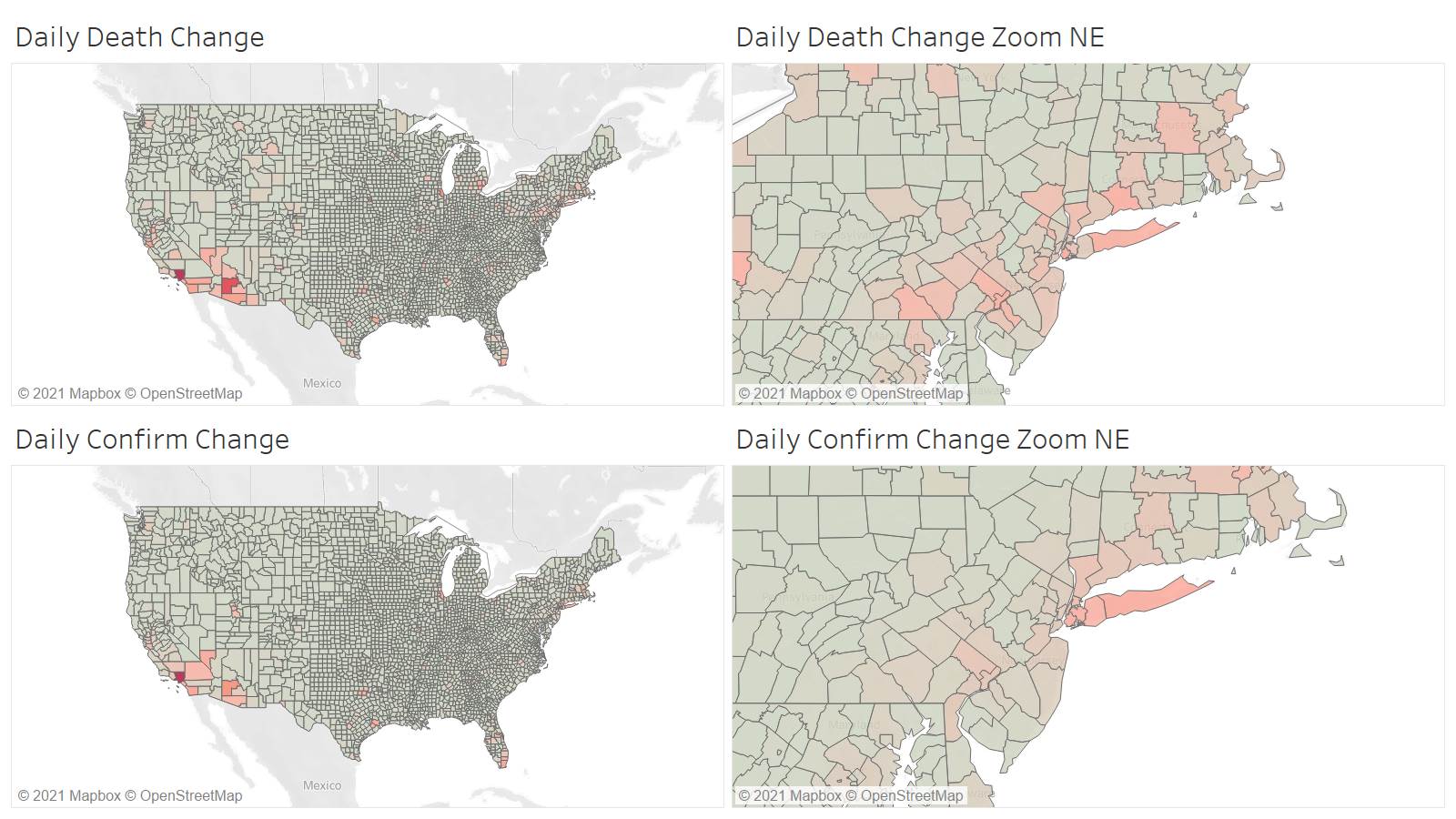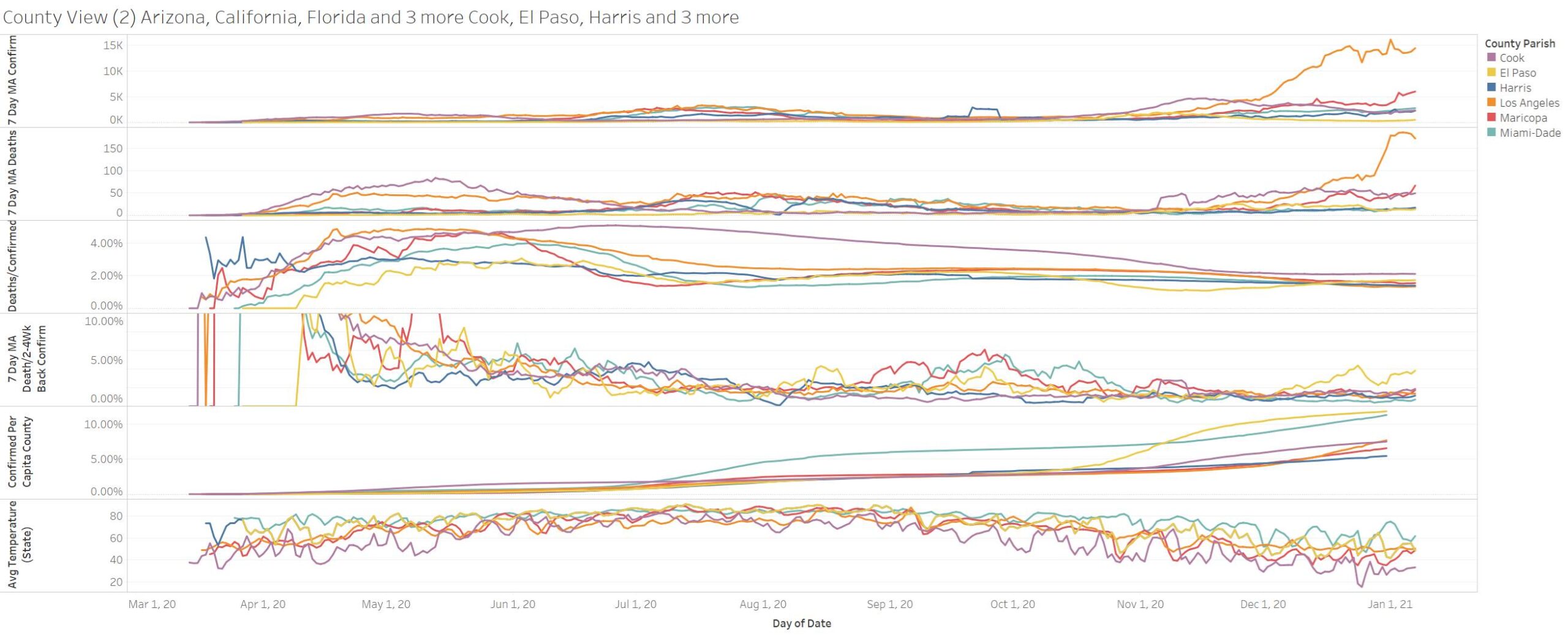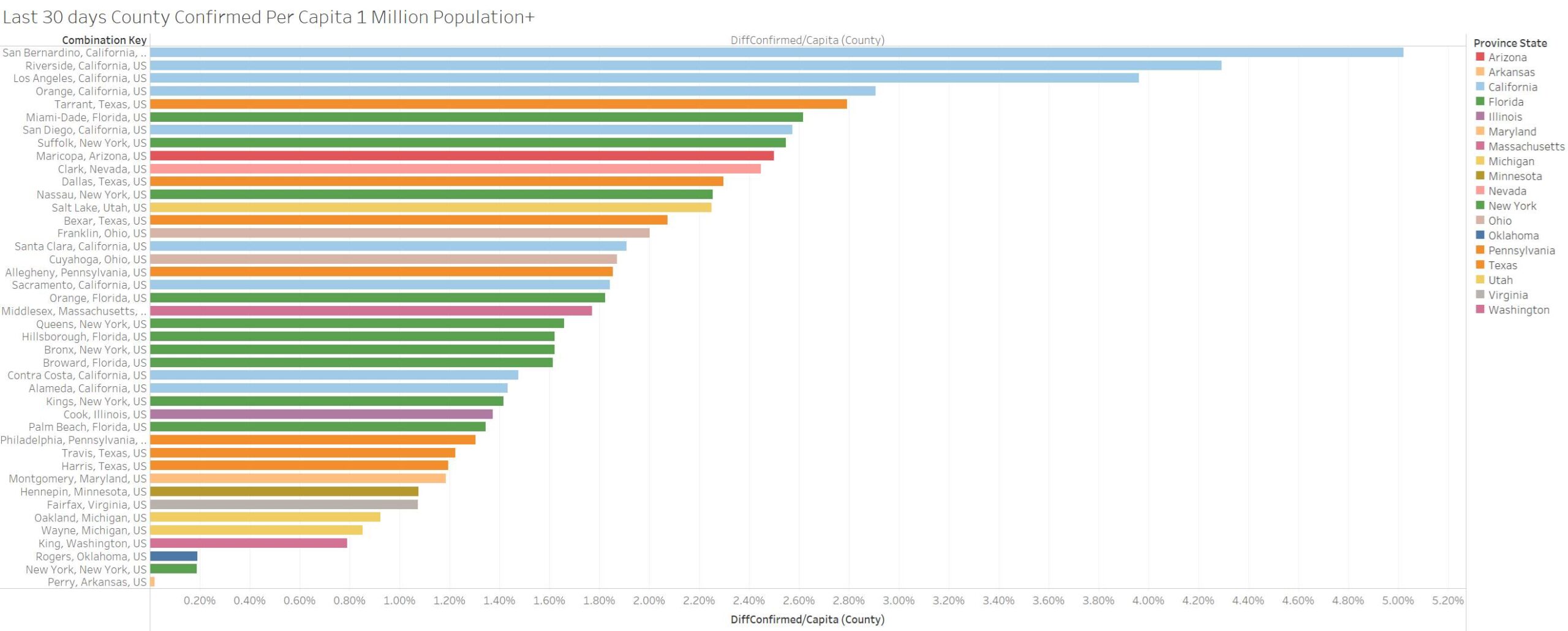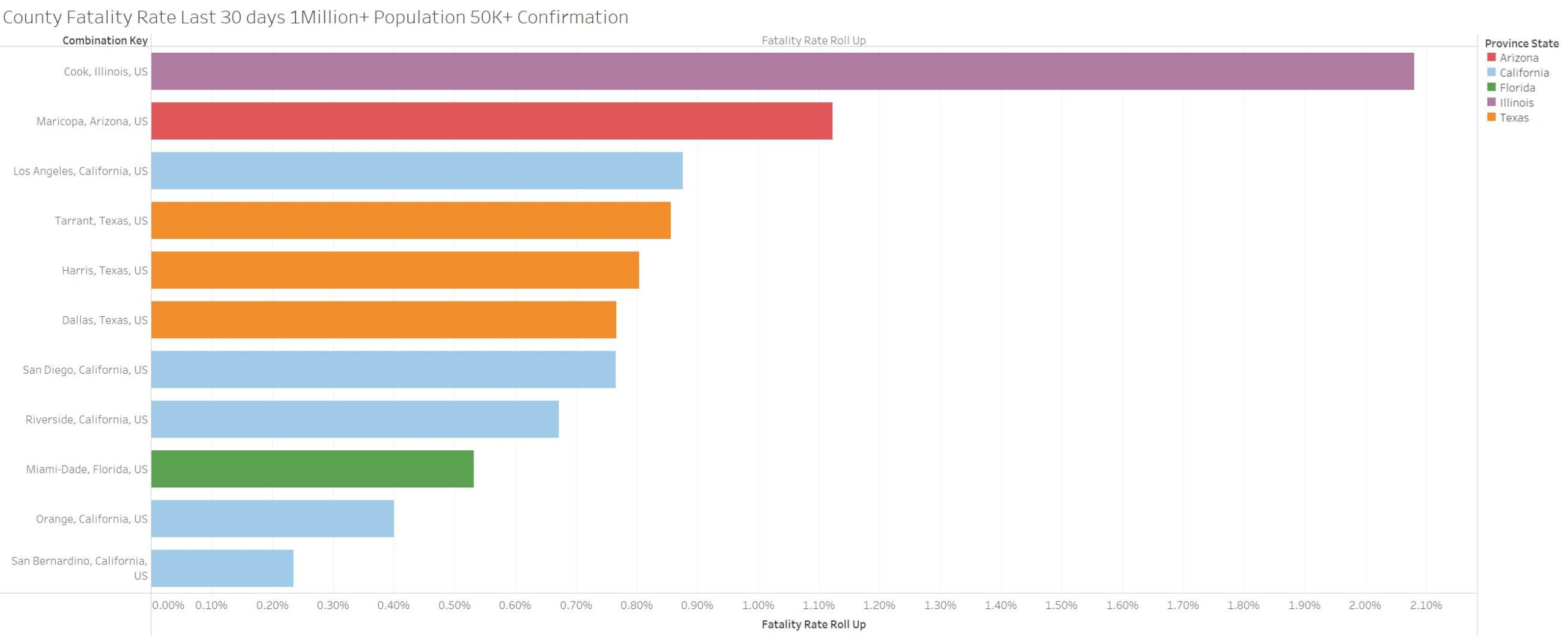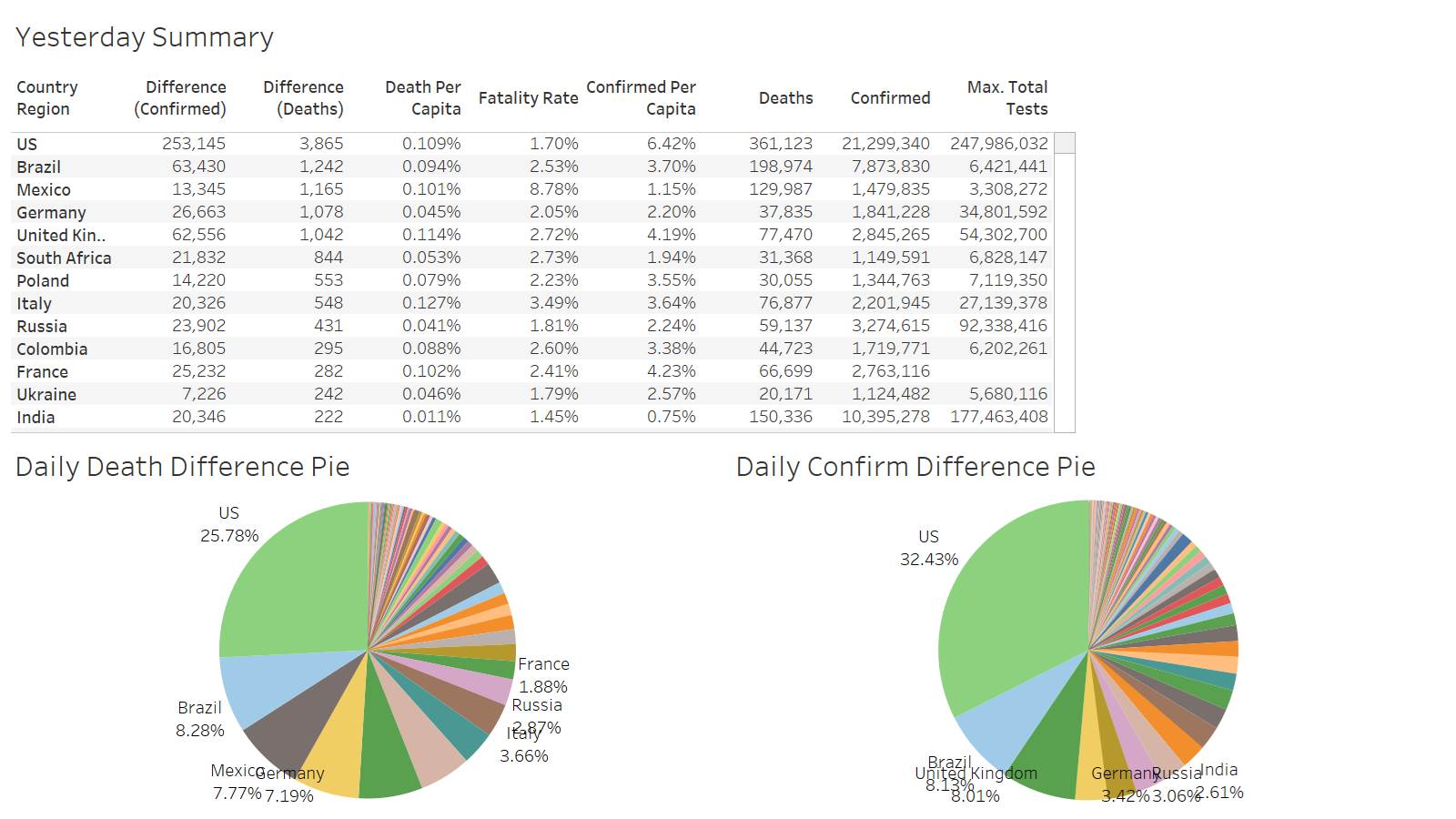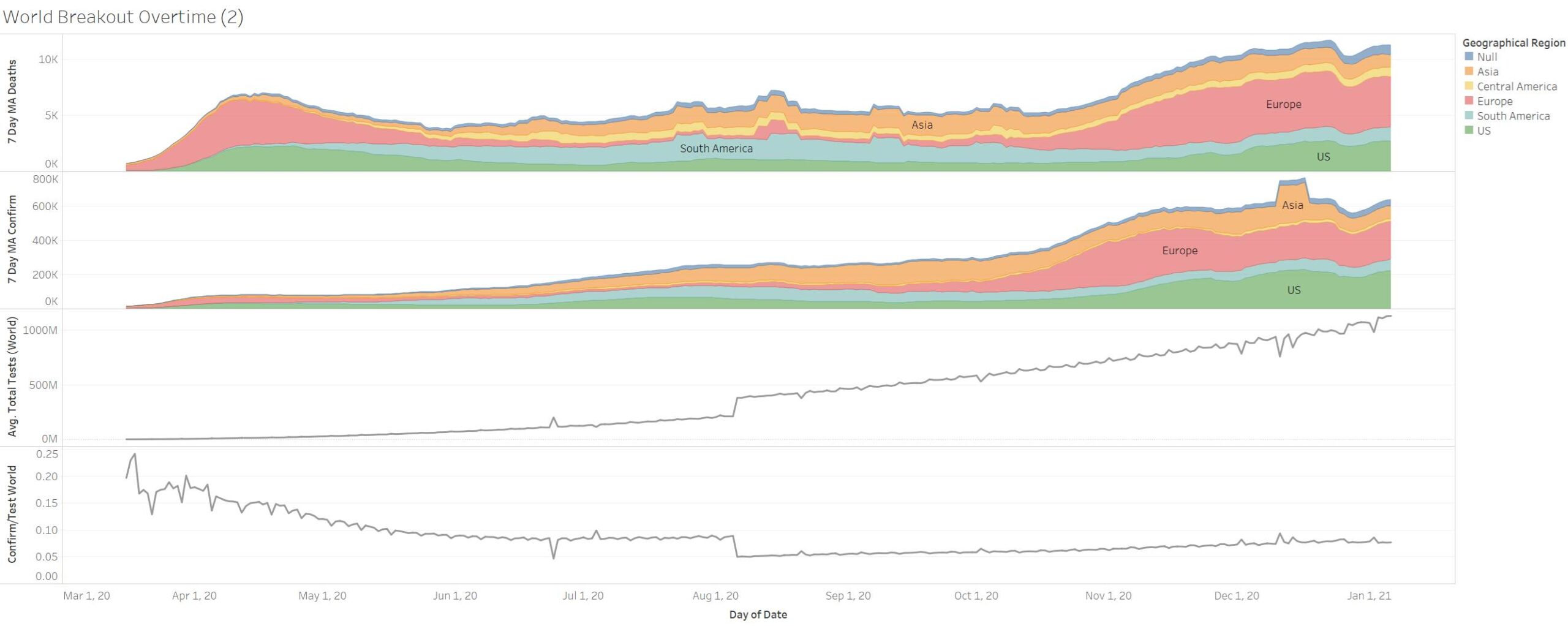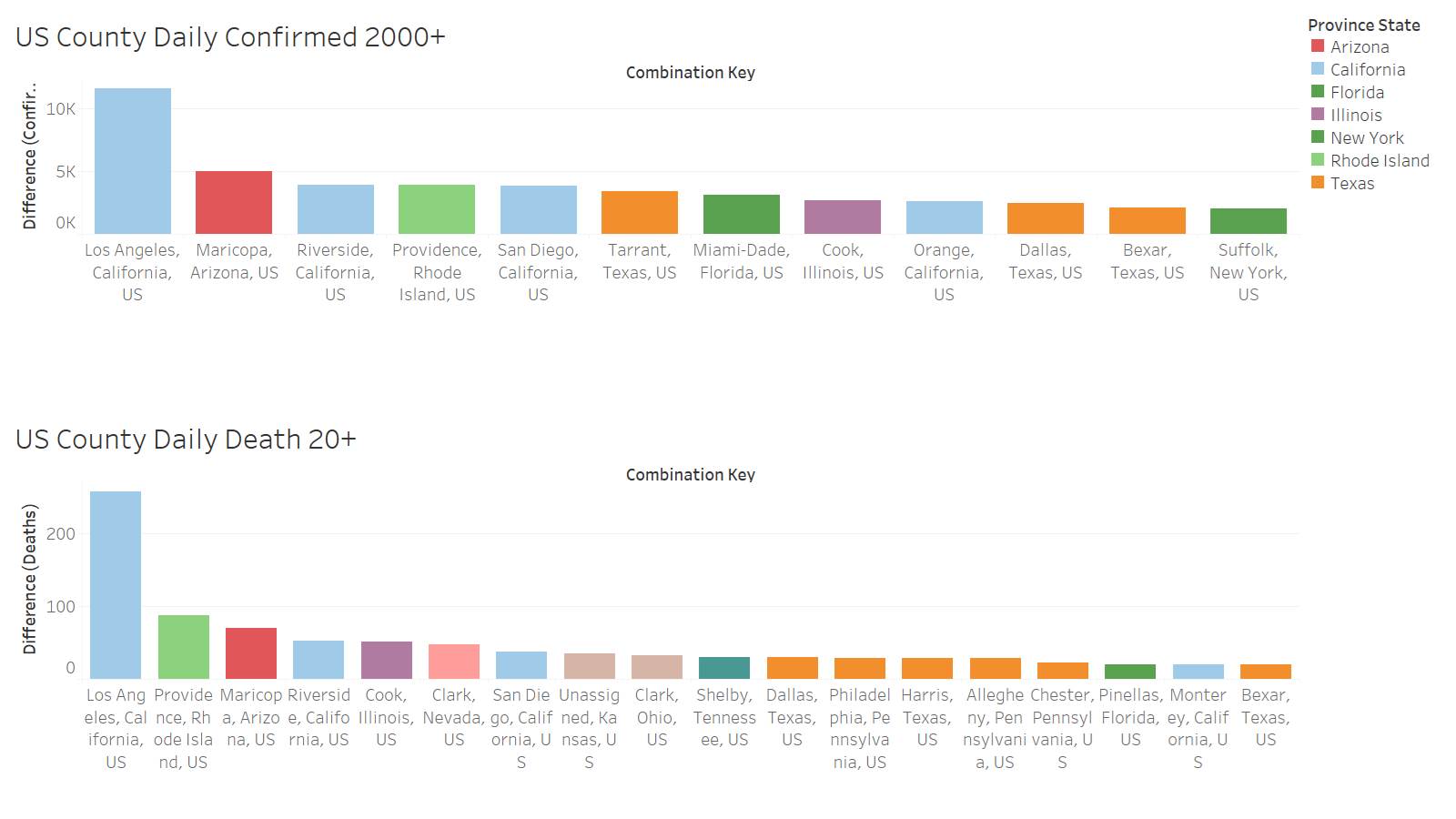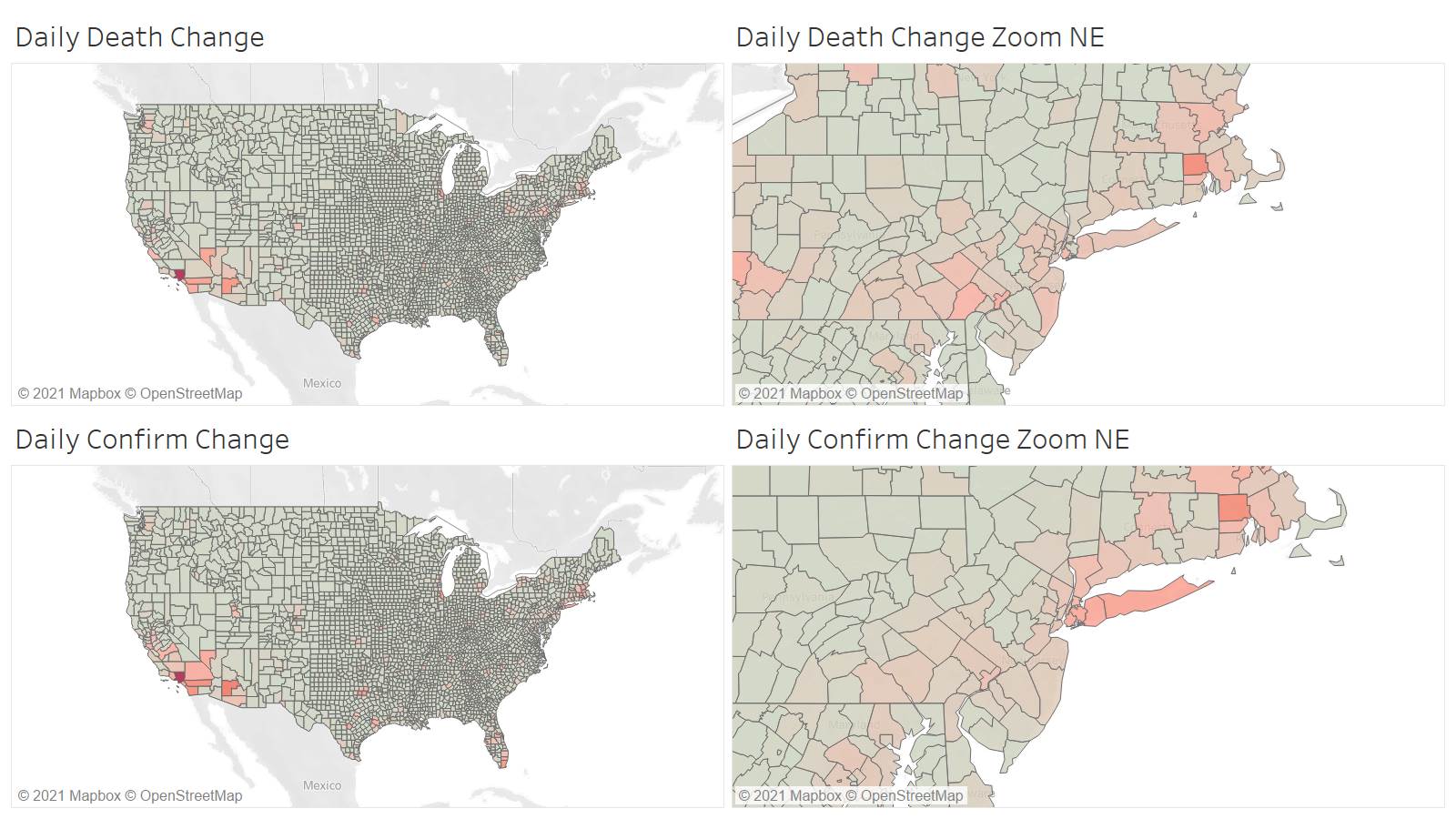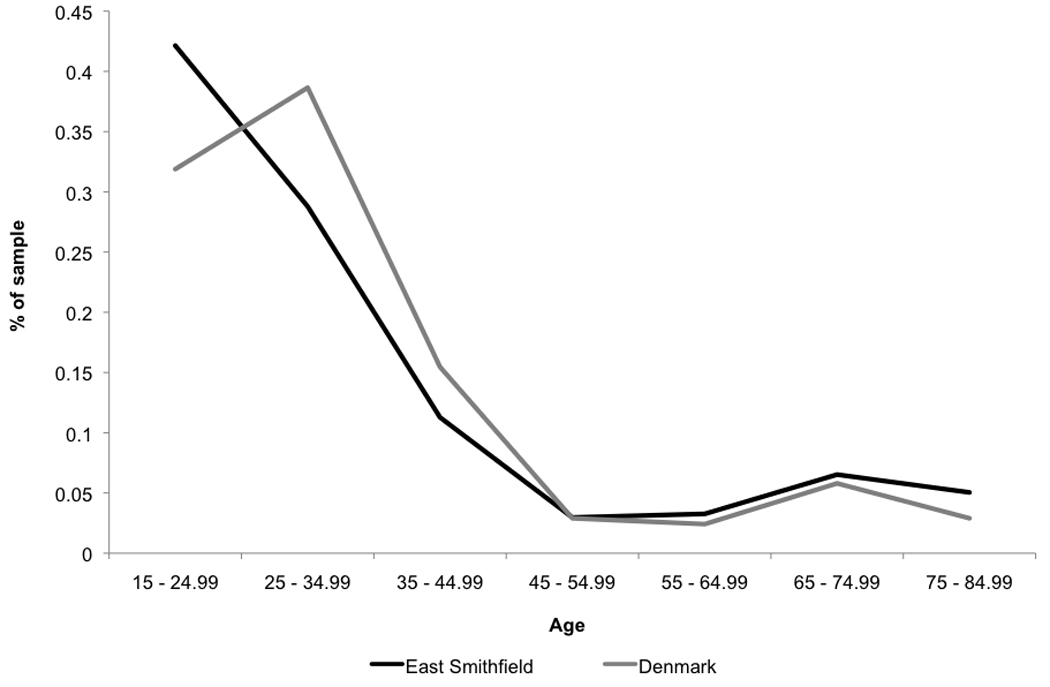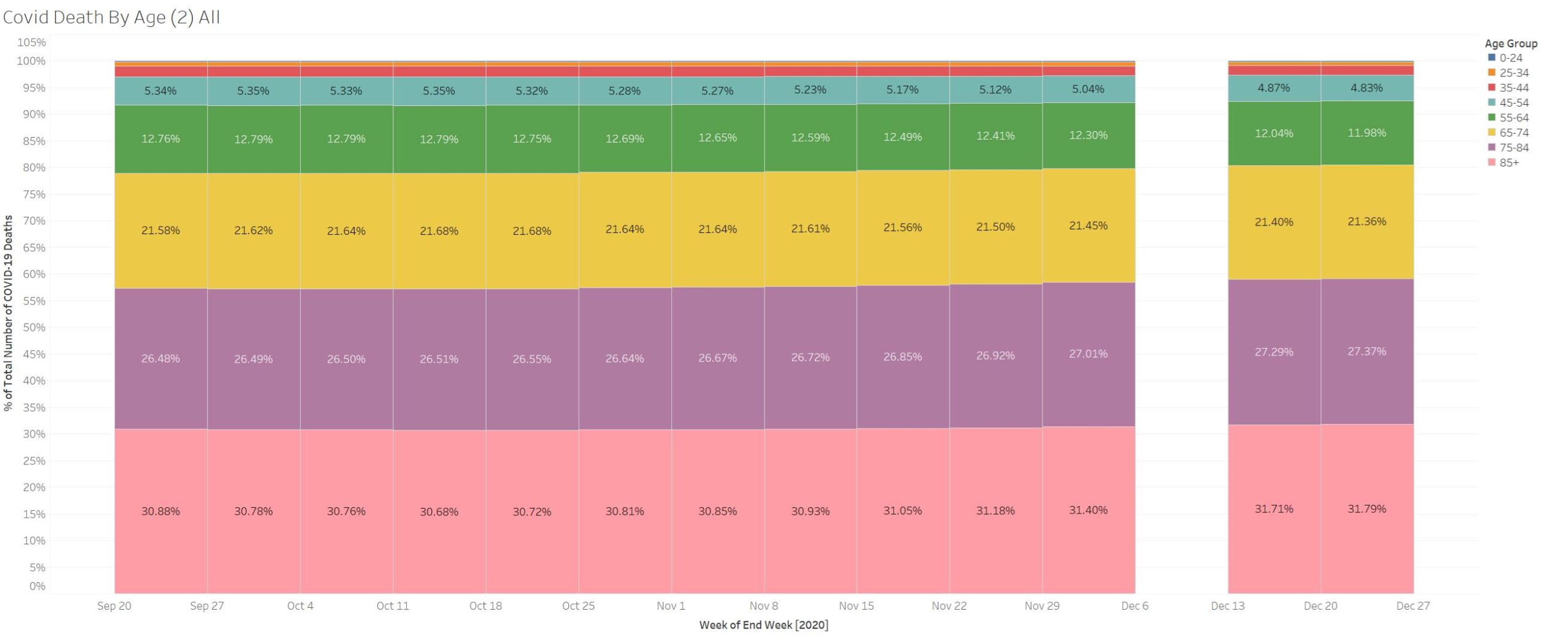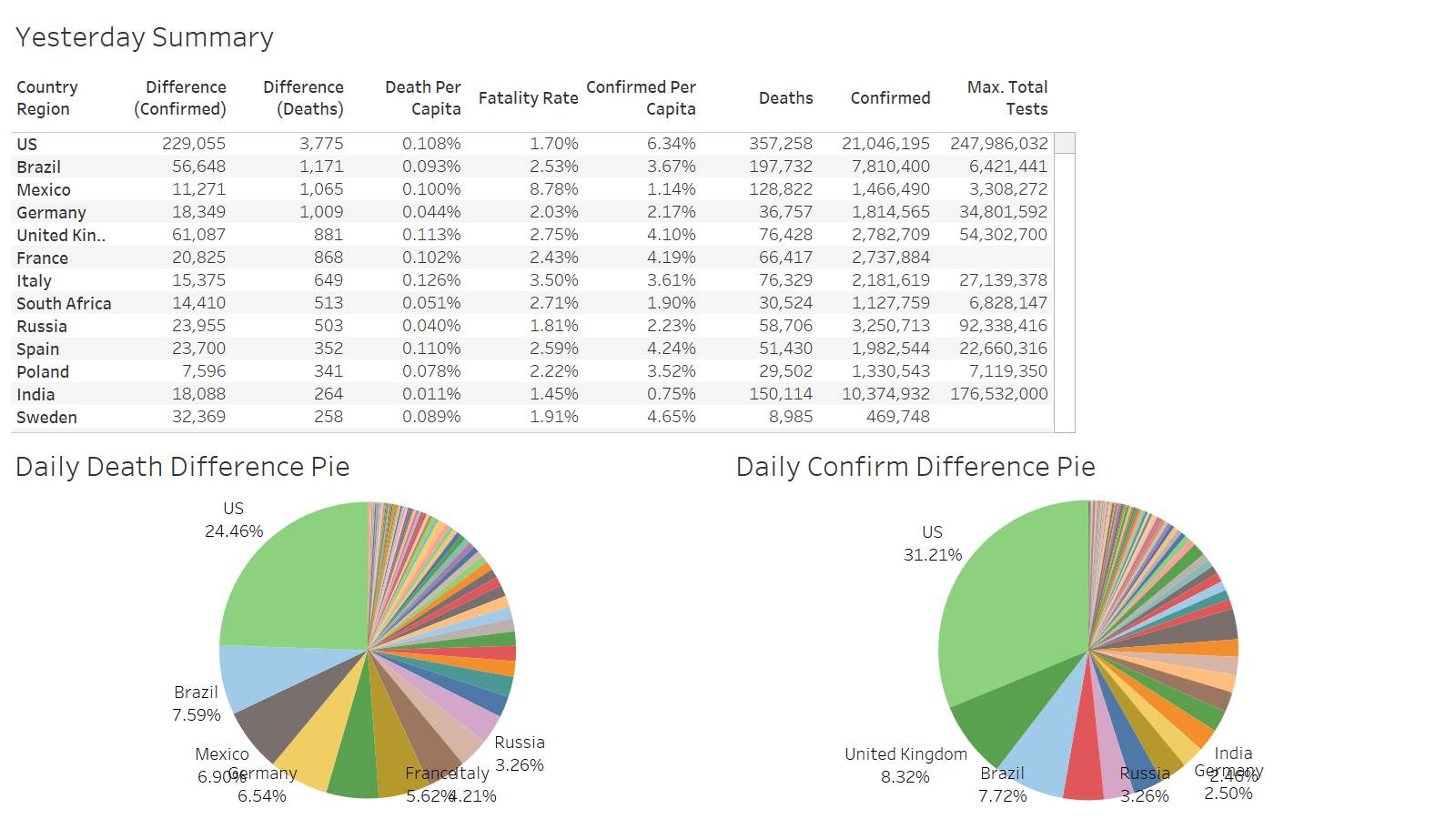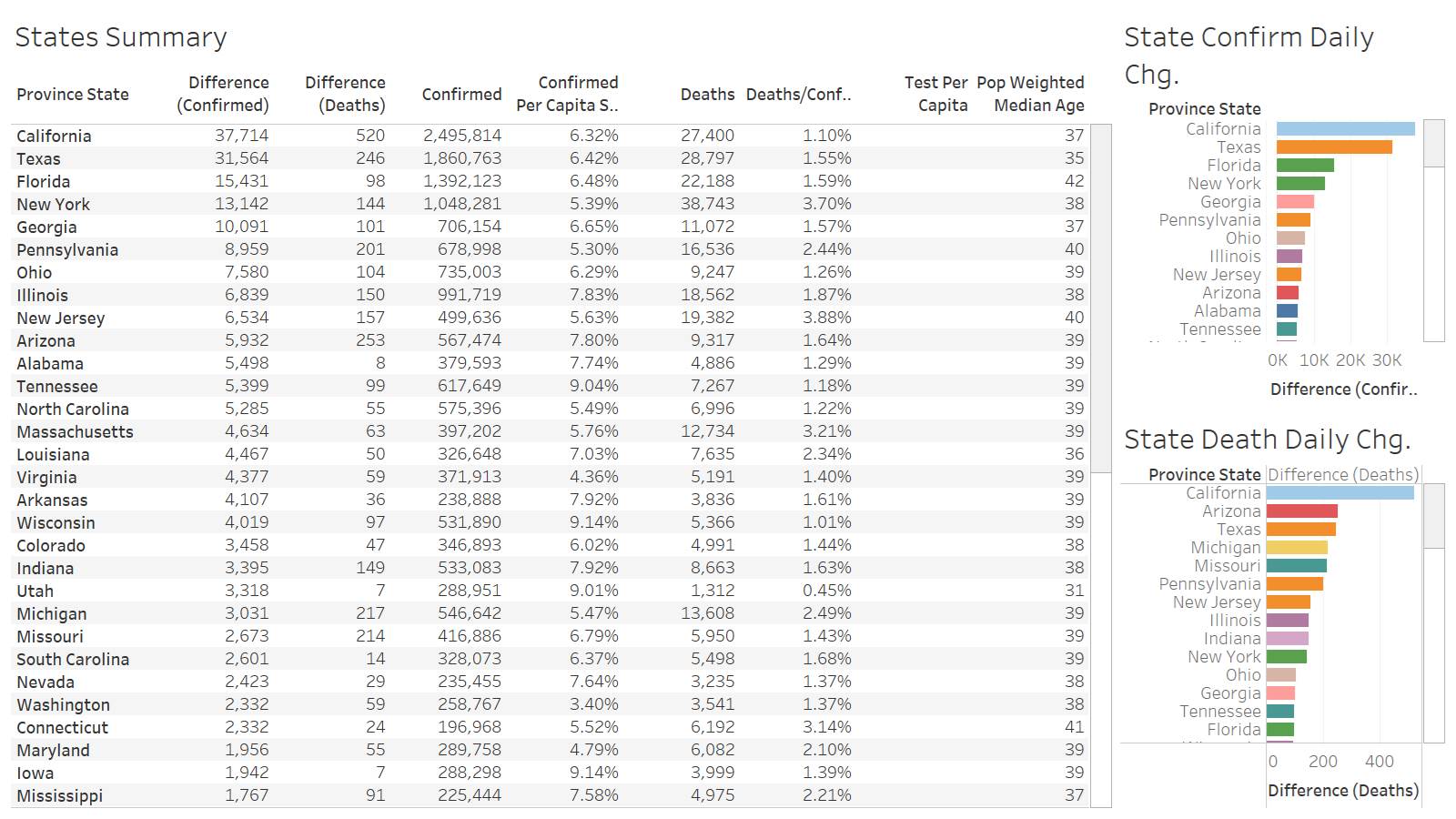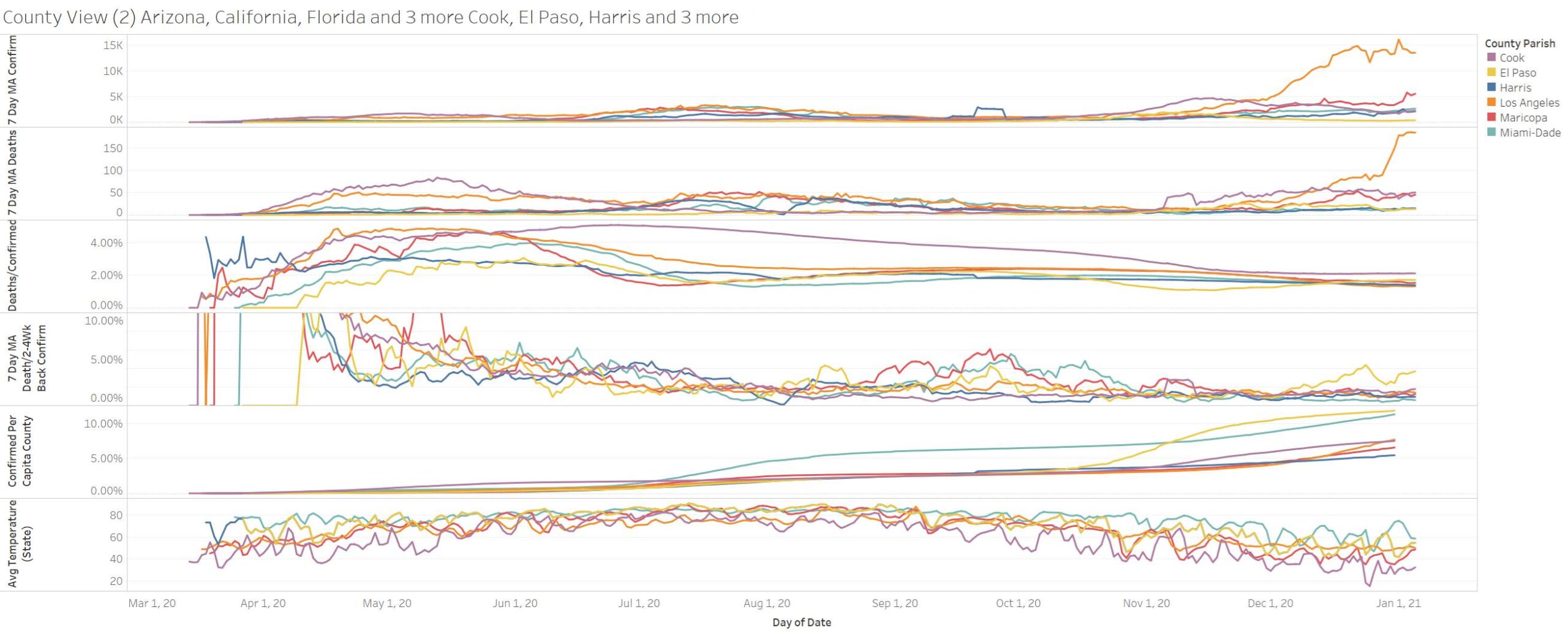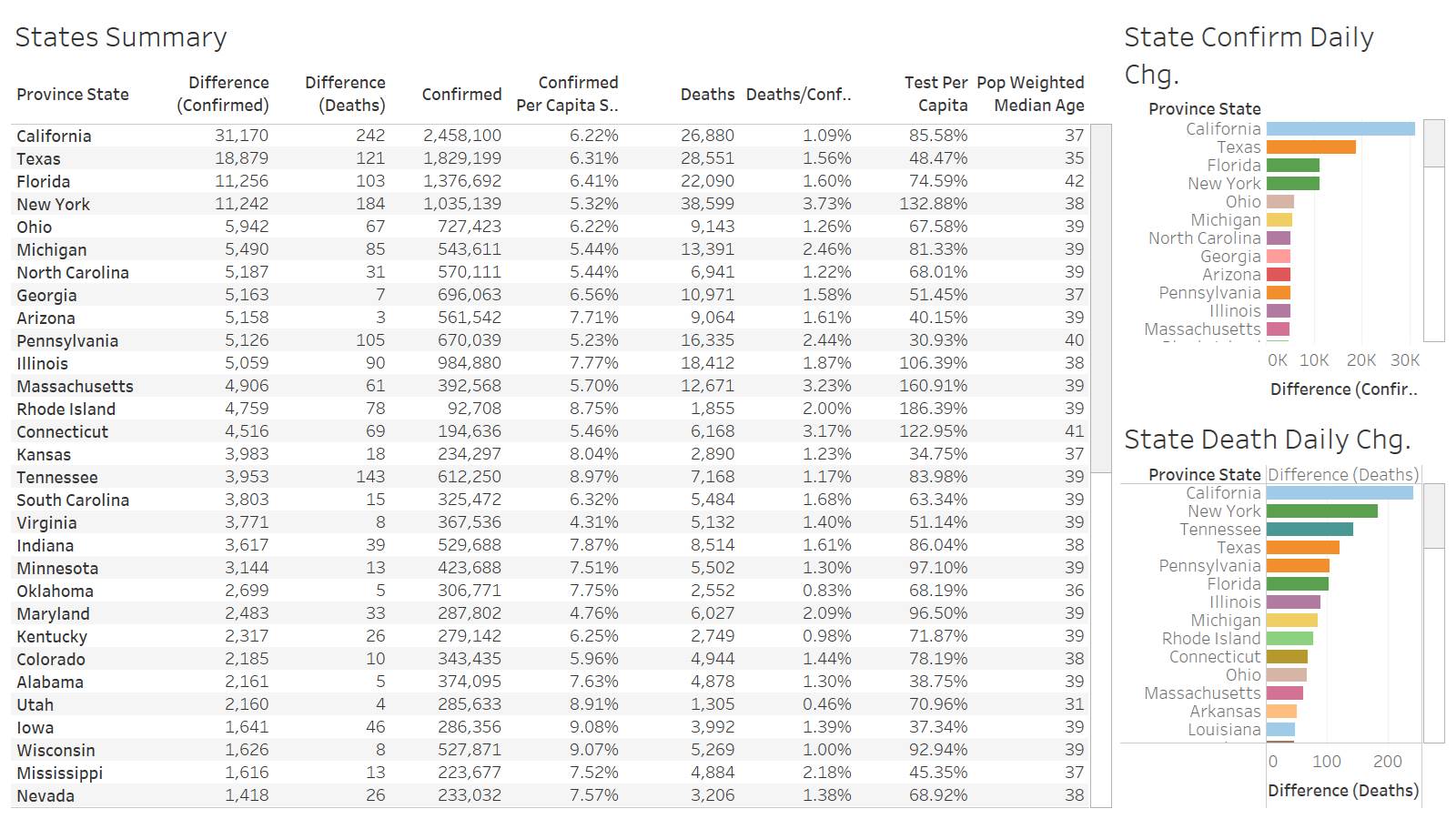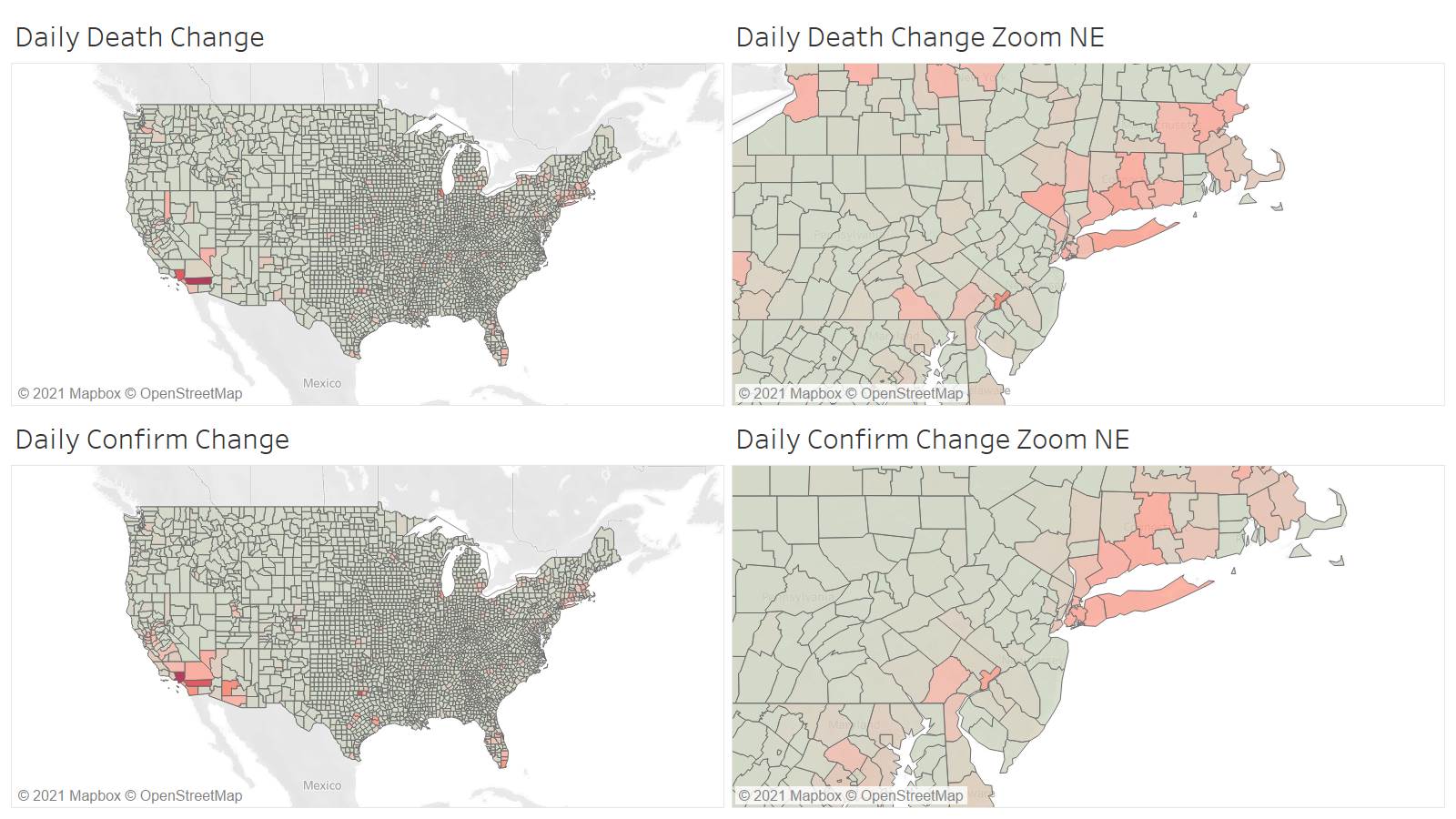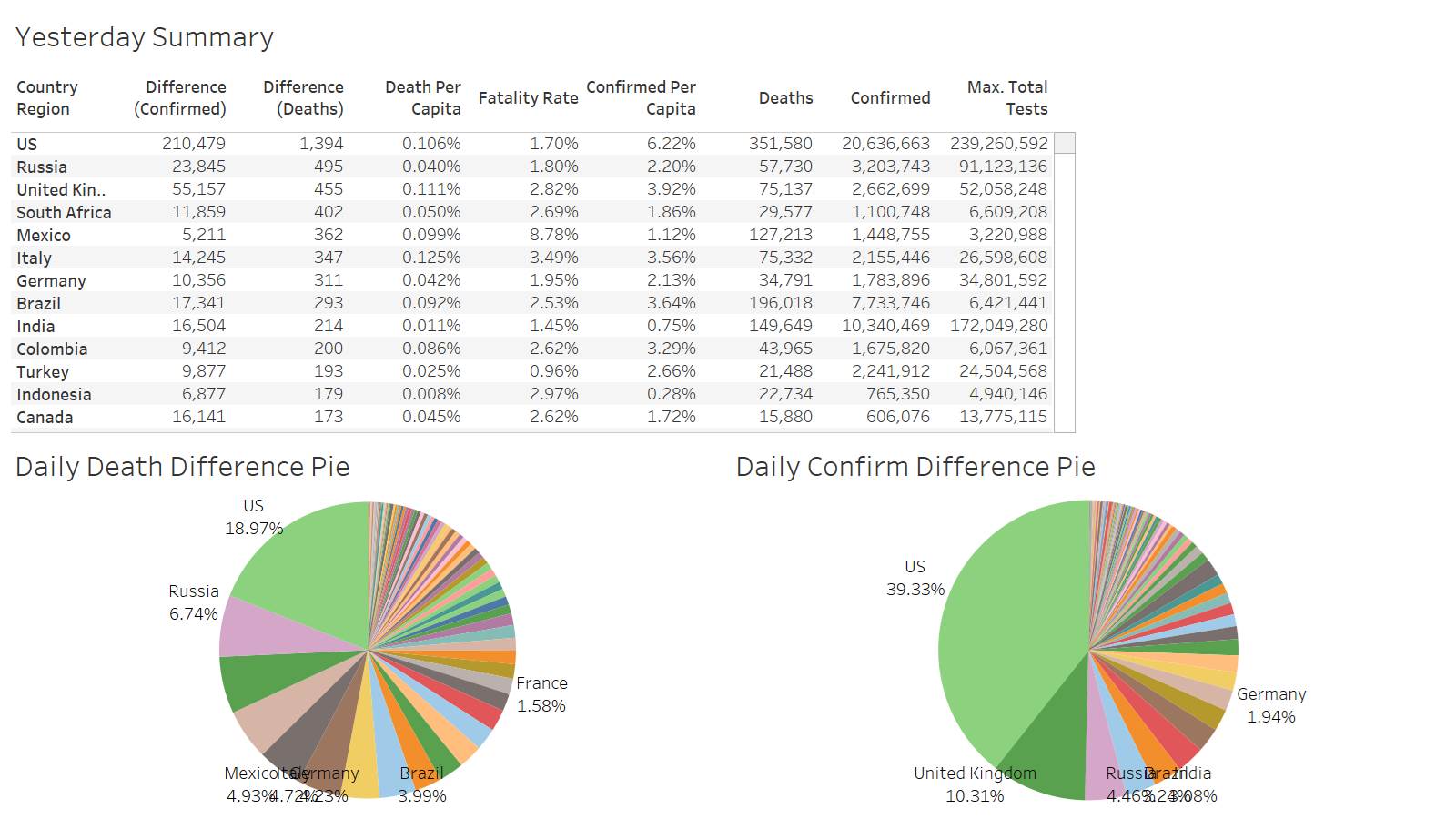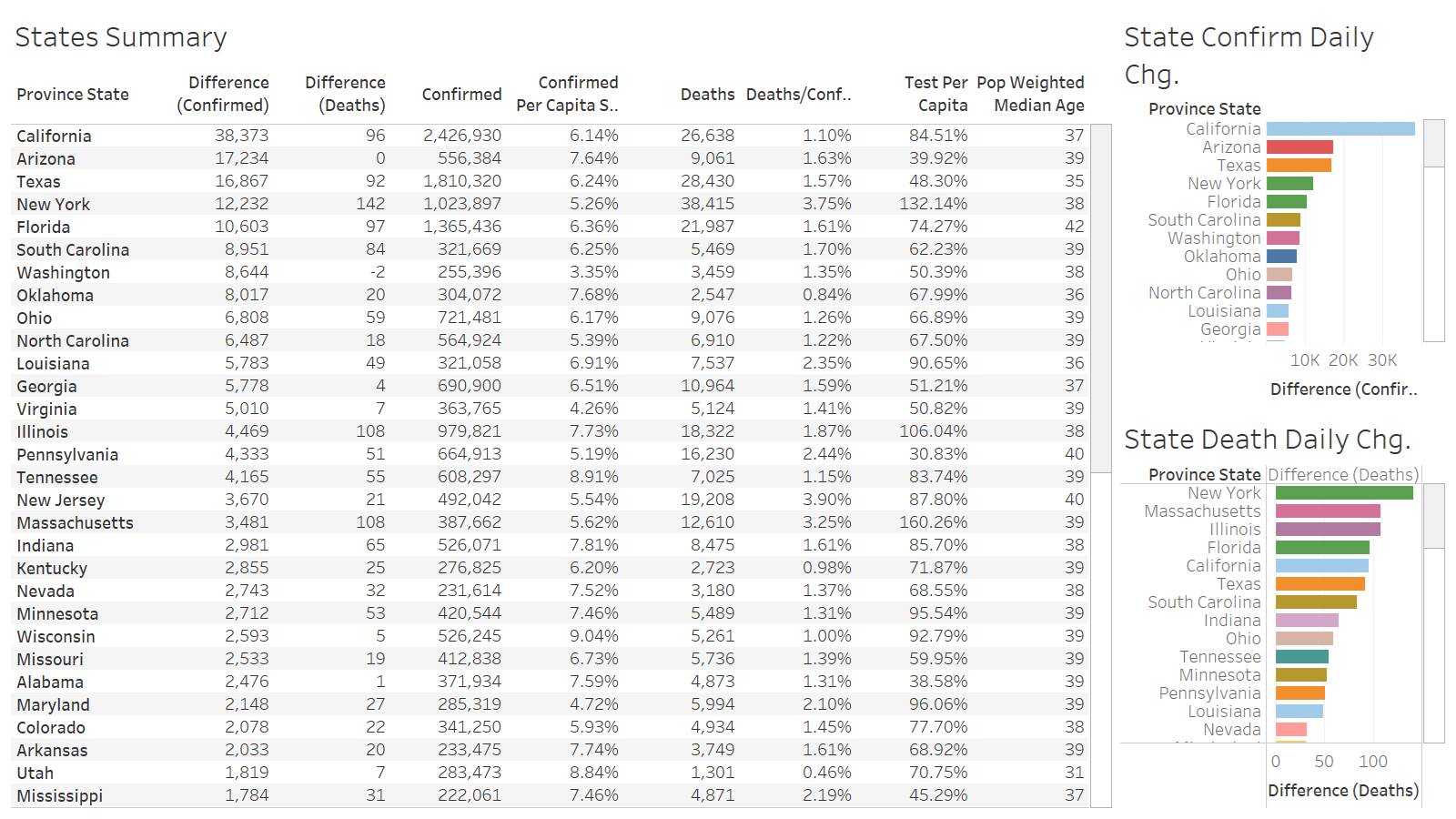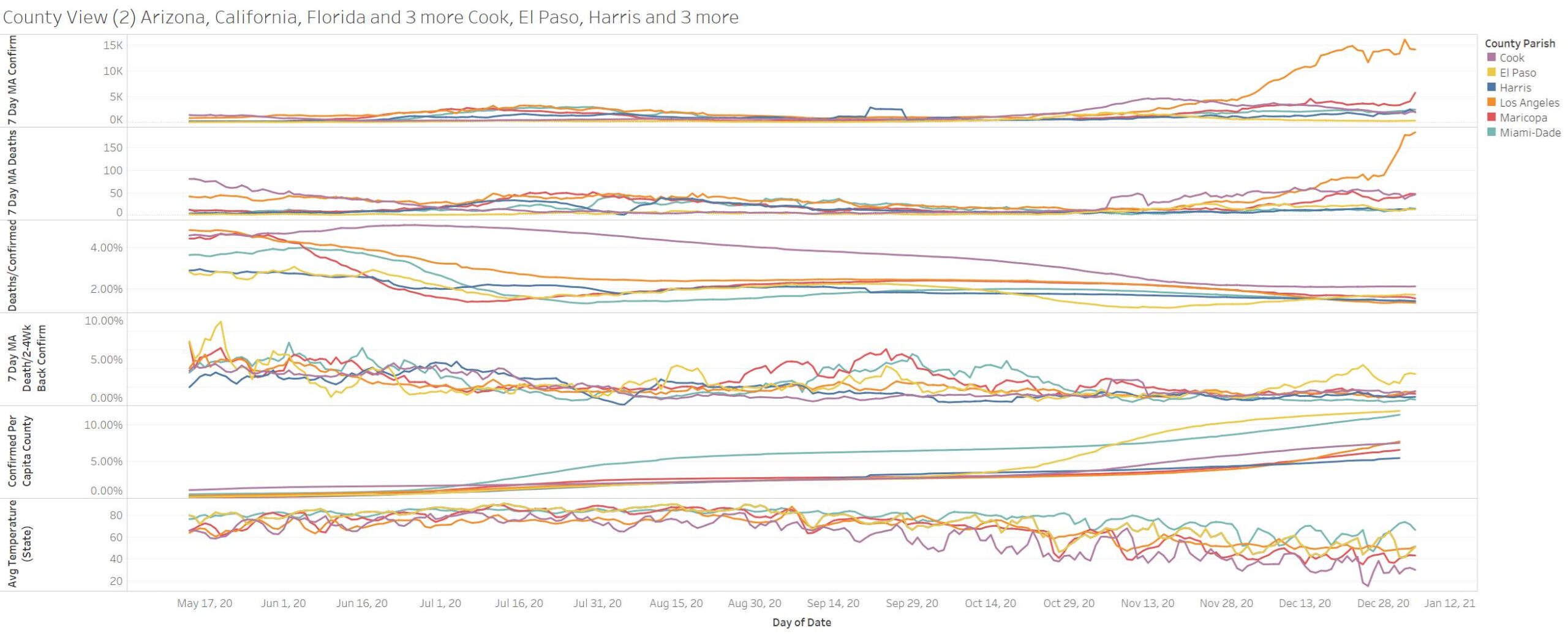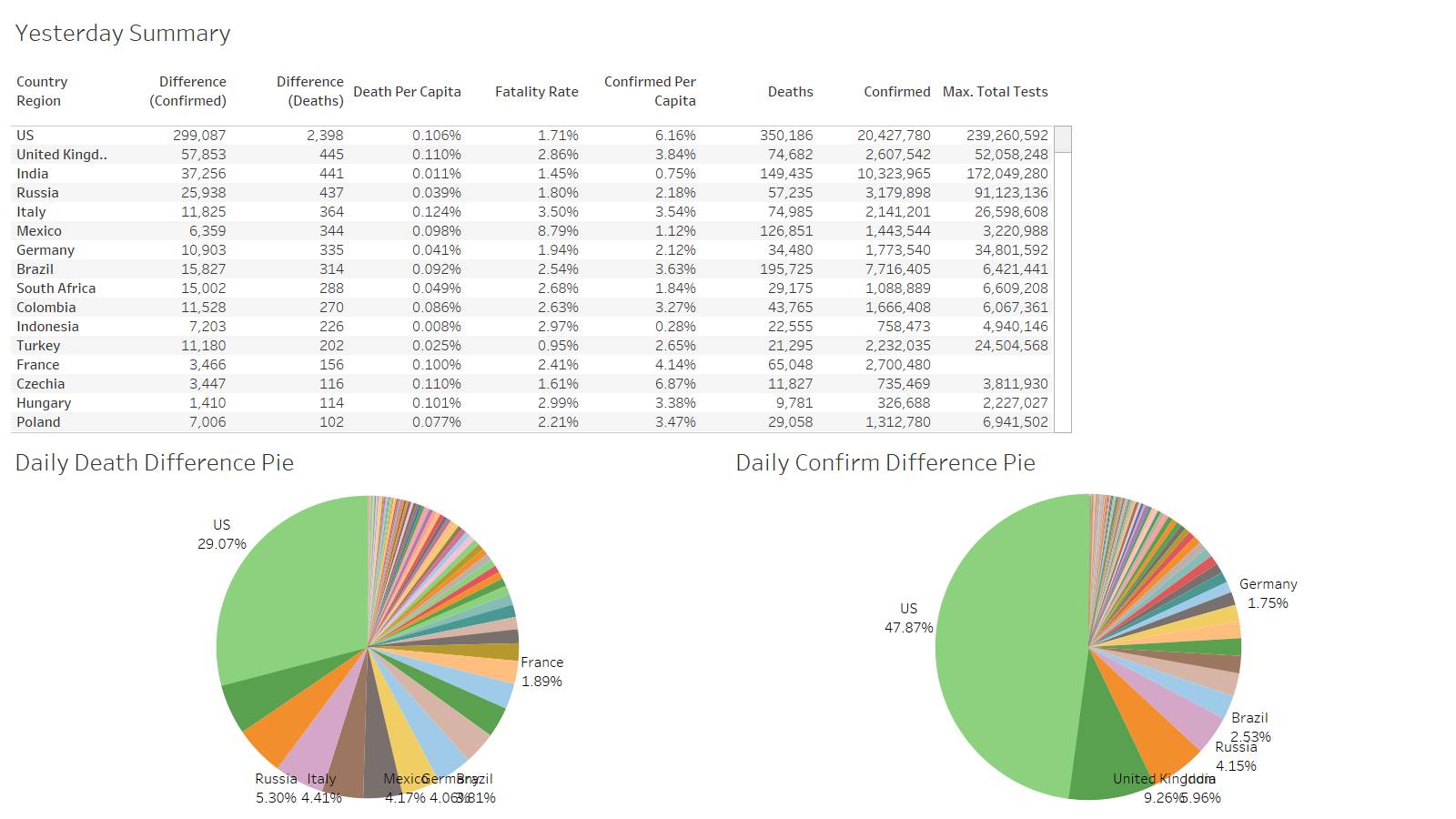Covid19mathblog.com
Interesting to see so much covid news from Israel – they have the highest percentage vaccinated now – https://www.timesofisrael.com/israel-reaches-1-million-mark-in-vaccinations-far-outpacing-rest-of-world/amp/
“Israel has vaccinated 1 million people against COVID-19, more than a tenth of its population, Prime Minister Benjamin Netanyahu said Friday, as the country’s inoculation drive cemented its status as the world’s most rapid thus far.
Netanyahu was on hand to mark what he said was the millionth Israeli to receive a vaccine, in the Arab town of Umm al-Fahm.”
At the same time they think they have found a cure for covid-19 – https://www.cityam.com/israeli-medtech-firm-claims-it-may-have-found-covid-19-cure/
“According to Tel Aviv-based Novel Concepts Medical, the treatment is a combination of natural compounds and was proven in lab results to show a significant decrease in the amount of the Covid-19 ‘spike protein’ within a few hours of incubation The company’s founder, Dr. Rachel R. Alkalay, who is a PhD graduate of Queen Mary University London, explained to City A.M. that the spike protein is the part in the virus that connects the virus to the cell.
“All the research in the world is focused on this spike protein. We managed to decompose it. Essentially, this is the equivalent of taking the fuel out of a car,” Alkalay said.
“We are currently repurposing compounds that have already been tested on millions of people safely for other purposes. Our findings show that it is very possible to have an immediate effect in inhibiting the virus in people who have been exposed,” she added.
“It is clear to see from the lab results that the Novel Concepts Medical formula causes a significant reduction in the S1 and S2 proteins,” she said.
Alkalay said Novel Concepts Medical is now looking to collaborate with hospitals, both in Israel and other countries, to begin clinical trials.”
Japan success is understanding and interpreting the data quickly vs. being stuck in quagmire of dissertations with “experts”. It was mentioned very early here to ventilate! But it took forever for the US/WHO/CDC to get to that point – still had hand sanitizer runs for the longest time here… https://webcache.googleusercontent.com/search?q=cache:YGND6SofQwwJ:https://www.economist.com/asia/2020/12/12/the-japanese-authorities-understood-covid-19-better-than-most+&cd=1&hl=en&ct=clnk&gl=us
“In total 2,487 people have died of the coronavirus in Japan, just over half the number in China and fewer people than on a single day in America several times over the past week. Japan has suffered just 18 deaths per million people, a higher rate than in China, but by far the lowest in the g7, a club of big, industrialised democracies. (Germany comes in second, at 239.) Most strikingly, Japan has achieved this success without strict lockdowns or mass testing—the main weapons in the battle against covid-19 elsewhere.
“From the beginning we did not aim at containment,” says Oshitani Hitoshi, a virologist who sits on an expert panel advising the government. That would require identifying all possible cases, which is not feasible in a country of Japan’s size when the majority of infections produce mild or no symptoms, argues Mr Oshitani: “Even if you test everyone once per week, you’ll still miss some.” Japan performs the fewest tests in the g7: an average of 270 a day for every million people, compared with 4,000 or so in America and Britain (see chart).
Instead, the government tried to apply the lessons of the Diamond Princess. After trained quarantine officers and nurses were infected aboard the ship, despite following protocols for viruses that spread through droplets, Mr Oshitani’s team concluded that the virus spread through the air. As early as March, Japanese officials began warning citizens to avoid the san-mitsu or “3cs”: closed spaces, crowded places and close-contact settings. The phrase was blasted across traditional and social media. Surveys conducted in the spring found that a big majority were avoiding 3c settings. The publishing house Jiyukokuminsha recently declared it “buzzword of the year” for 2020.”
“The Diamond Princess also inspired an early focus on clusters. The government set up a cluster-busting taskforce in March.
These insights allowed the authorities to make granular distinctions about risks, opting for targeted restrictions rather than swinging between the extremes of strict lockdowns and free-for-all openings. Nishimura Yasutoshi, the minister overseeing the government’s response to covid-19, carries a device that monitors carbon dioxide to measure the quality of ventilation during his meetings. (The room where he and your correspondent meet registers 506 parts per million, safely below the threshold of 1000 ppm that indicates poor air flow. The interview takes place across a large table, behind plastic shields and with face masks on.)” [SEE STANDARDS BEING SET VS ARBRITARY CLOSURES LIKE ALL SETTINGS ARE THE SAME! –
CO2 measuring device are cheap! I have several – everyone should get one]
Researchers deployed Fugaku, the world’s fastest supercomputer, to model different situations. Crowded subways pose little risk, if windows are open and passengers wear masks, Mr Nishimura insists. Sitting diagonally, rather than directly across from each other can reduce the risk of infection by 75%. Movie theatres are safe, “even if viewers are eating popcorn and hot dogs”, Mr Nishimura says. While most cinemas in the West are closed, “Demon Slayer”, a new animeflick, has been playing to full houses in Japan, becoming the country’s second-highest grossing film ever. In addition to the 3cs, the Japanese government warns of five more specific dangers: dinner parties with booze; drinking and eating in groups of more than four; talking without masks at close quarters; living in dormitories and other small shared spaces; and using changing or break rooms.[ACTUALLY DOING STUDY ON PRACTICAL HUMAN BEHAVIOUR ACTIVITY]
Of course, these insights would have been for naught if ordinary people had ignored them. But Japanese heeded the government’s advice to stay home and to quarantine if showing any symptoms of the coronavirus, even though these admonitions carried no legal force. “Sometimes we are criticised for being an overly homogeneous society, but I think it played a positive role this time,” Mr Nishimura says. And already spick-and-span Japan became even more punctilious about hygiene. While Americans argued over whether face coverings were an assault on personal freedom, Japanese lined up outside Uniqlo for the release of its new line of masks. During the first ten weeks of flu season this autumn, Japan saw just 148 cases of common influenza, or less than 1% of the five-year average for the same period (17,000).
Better yet, although the population of Japan is disproportionally elderly, and therefore potentially more vulnerable to covid-19, it is also very healthy. Only 4.2% of Japanese adults are obese, a condition known to make the disease more lethal. That is the lowest rate in the oecd and a tenth of America’s. Japan also has a good health-care system, with universal coverage and lots of well-equipped hospitals. It even had lots of already trained contact-tracers, part of an established public-health network dating back to the 1930s.
These advantages clearly have their limits. The virus has spread rapidly in recent weeks, reaching record highs in terms both of daily cases and daily deaths. The government has had to dispatch medical personnel from the Self-Defence Forces to shore up hospitals in the worst-hit spots. But at the same time it has discouraged caution with a scheme that subsidises domestic tourism and meals out, in an effort to help the economy. Although this seems to have contributed to covid-19’s recent spread, the government has only curbed it rather than scrapping it. And cold weather is now pushing people into 3c spaces, as it has been across the northern hemisphere. But in Japan, at least, the recent growth in the number of cases has started from a dramatically lower base.
The US had so many failures – and its not a federal issue entirely – I hope we can learn from our failures and be better for the next time…..
Better reporting day – deaths closer to 2K in the US

For the US its CA again….

LA has gone parabolic now….

LA needs to be isolated – and best lessons from other counties need to be applied to LA – if the data is right things will likely only get worse before better…..whatever they are doing is not working and has not been working….
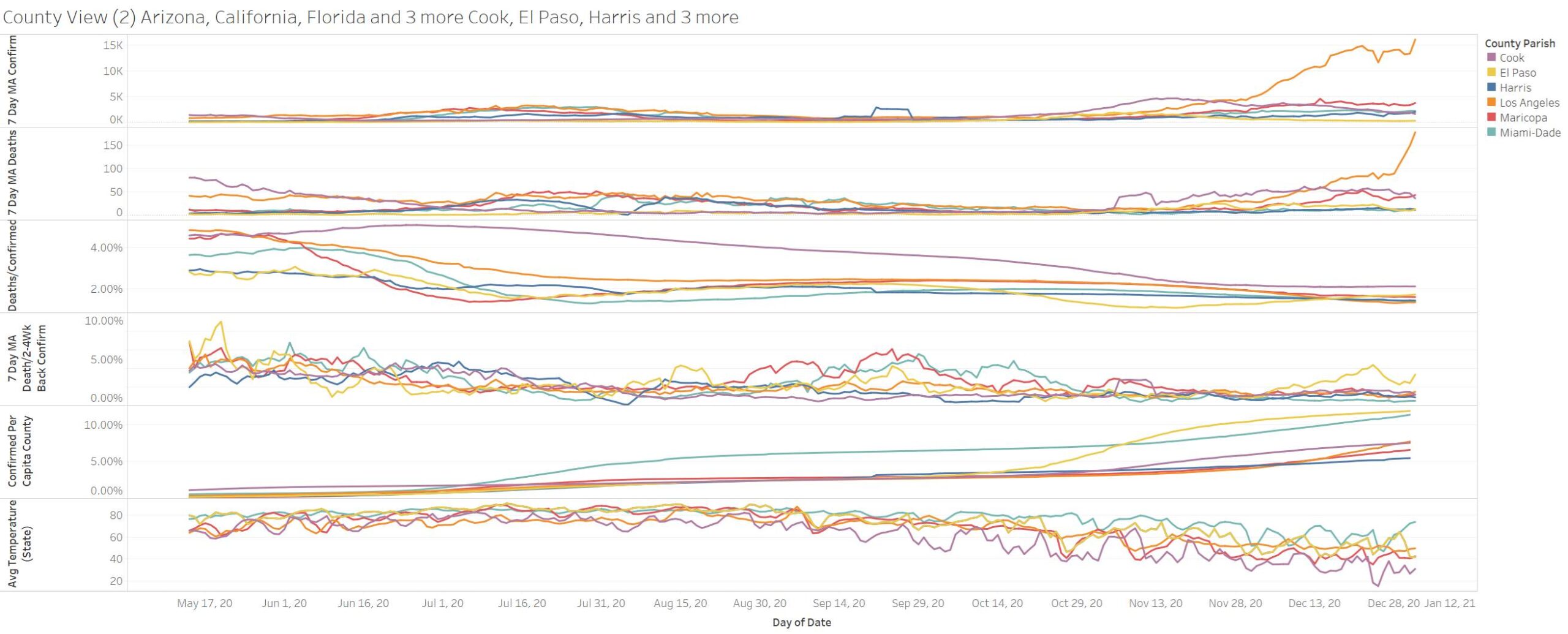
LA a true outlier

Though US data numerically is very poor – on a scale of subregions – the US is doing better on the fatality rate other than Asia but perhaps that’s because of all the testing to increase the denominator on the fatality rate – but North Europe has higher test per capita but still higher fatality rate. Asia is doing an amazing job keeping IFR low.
